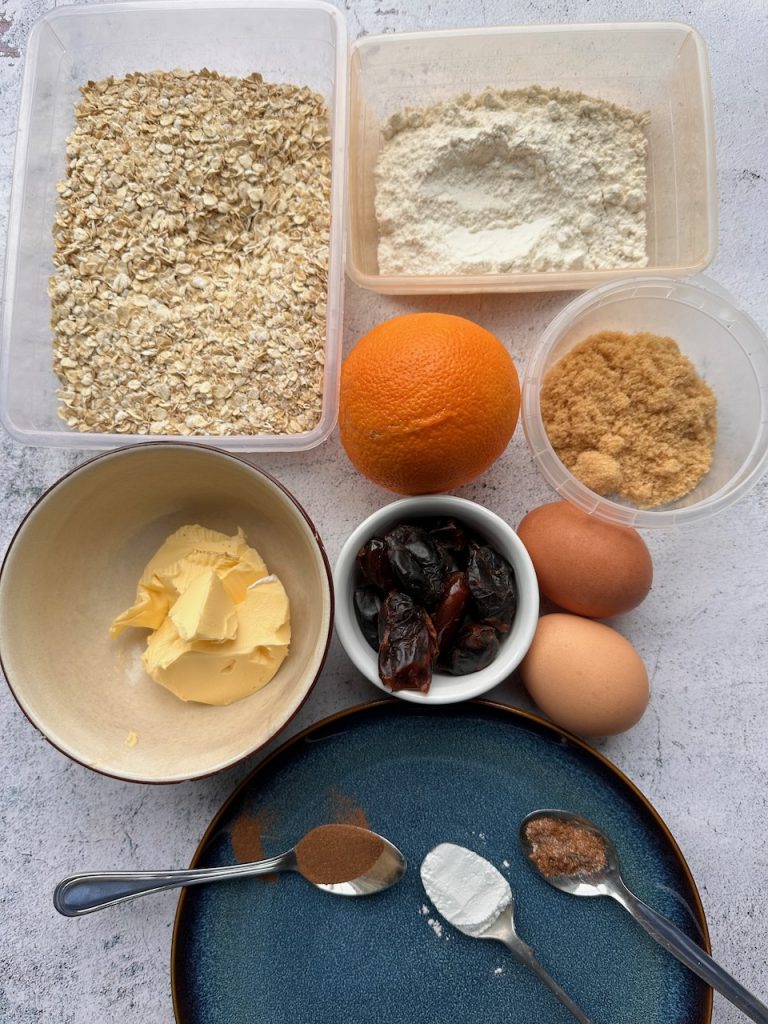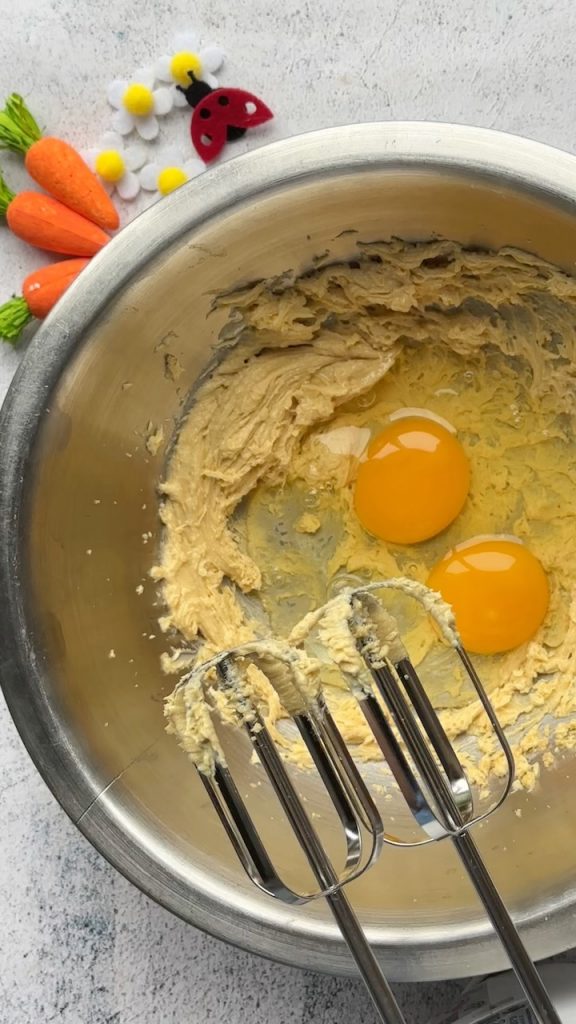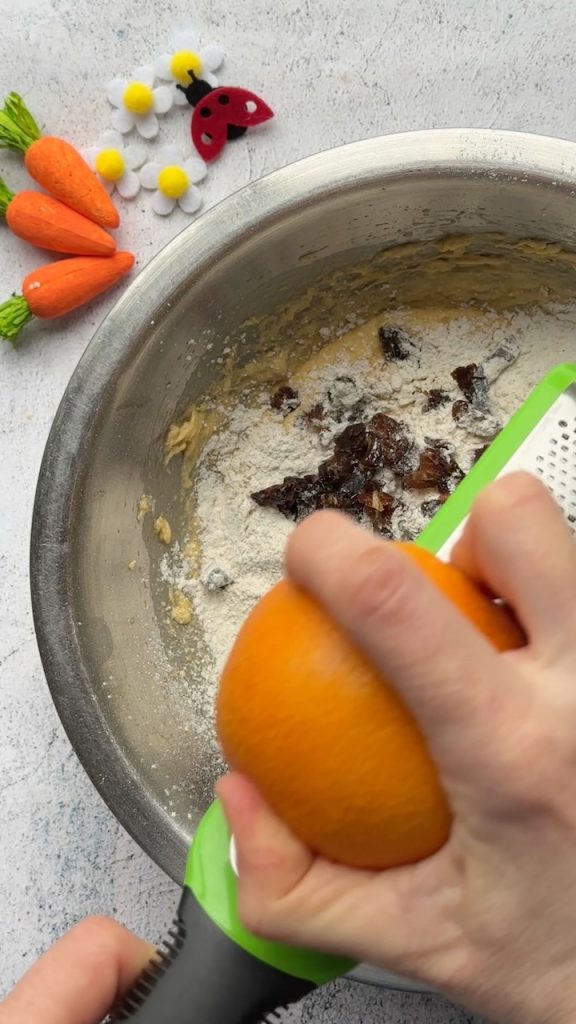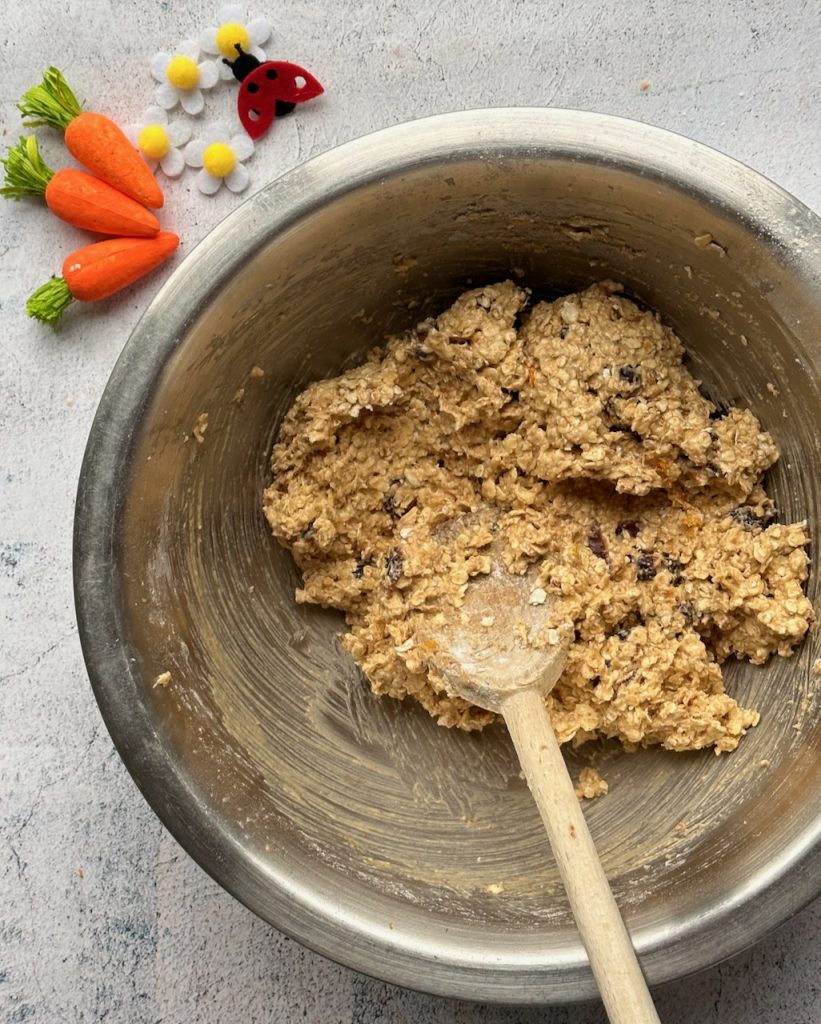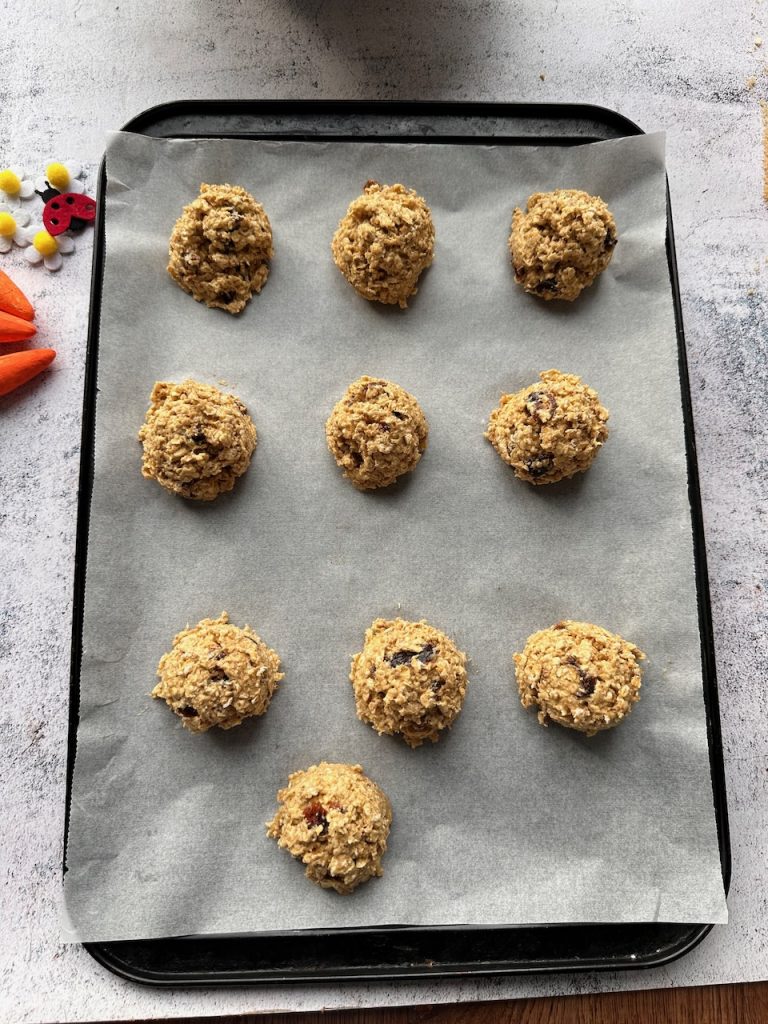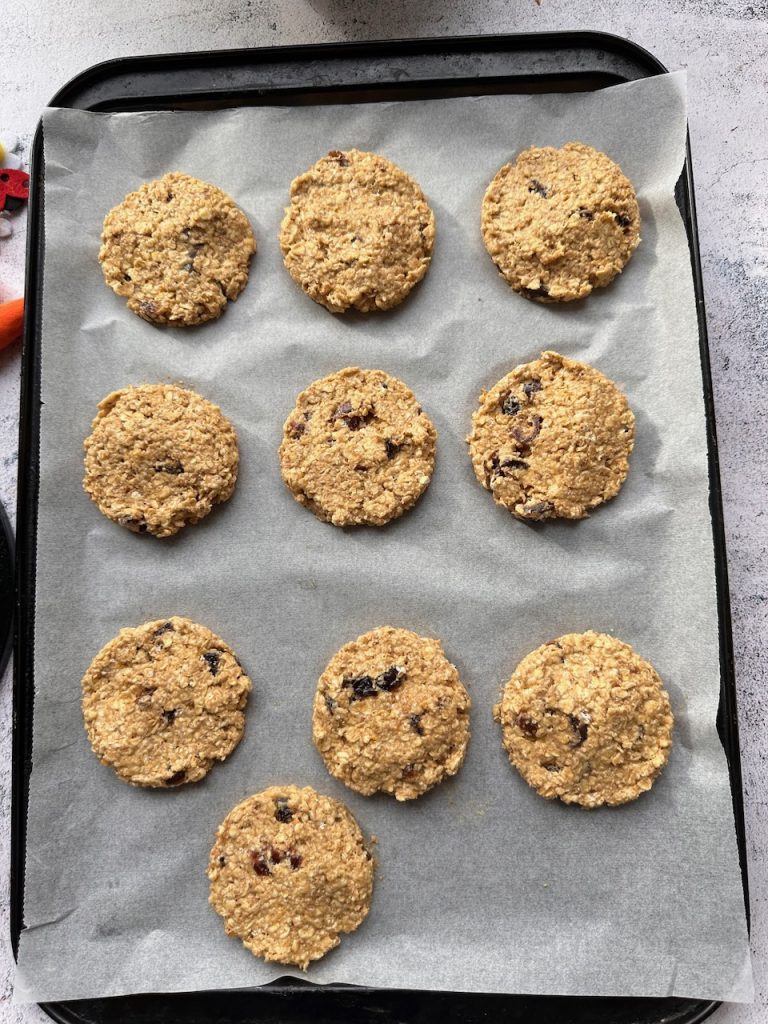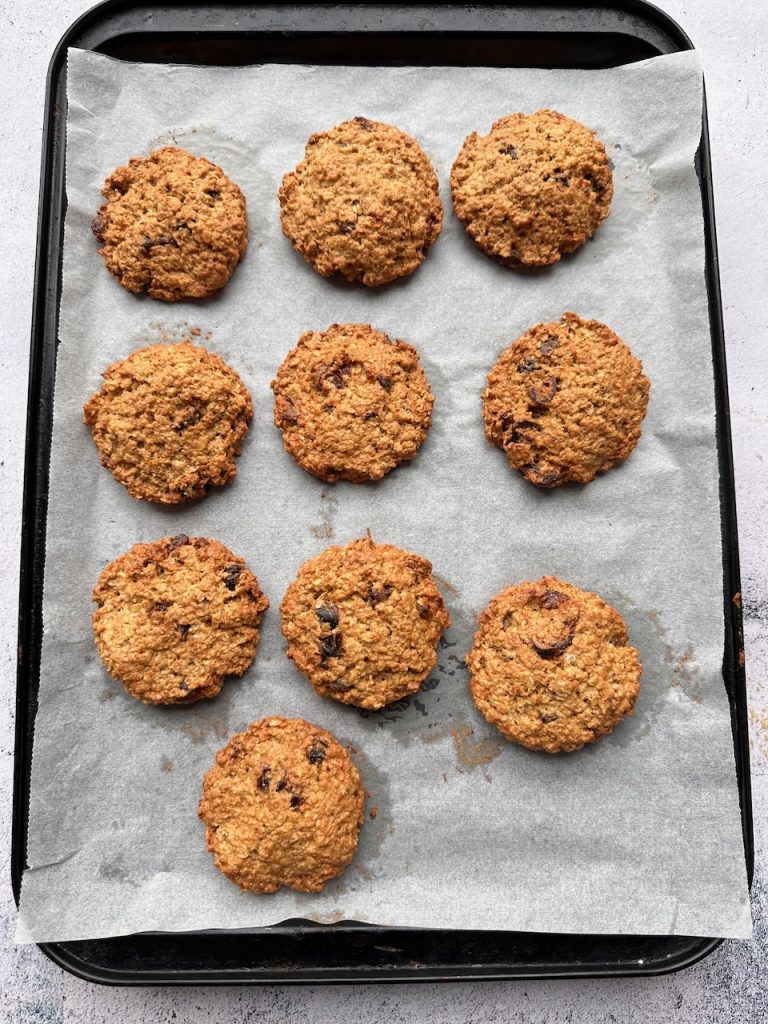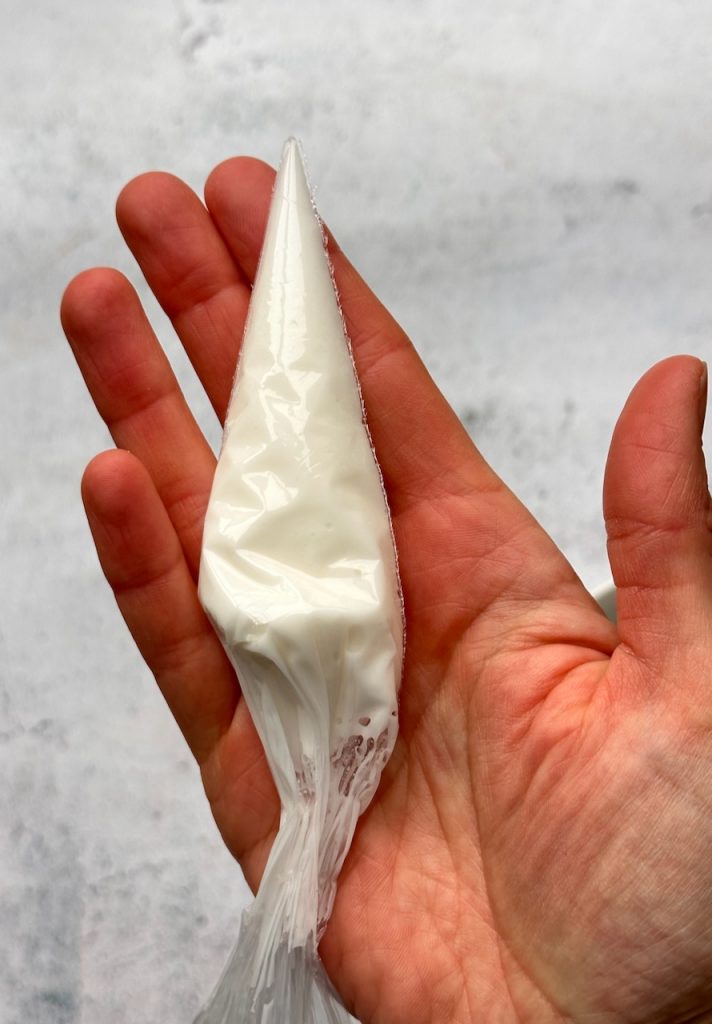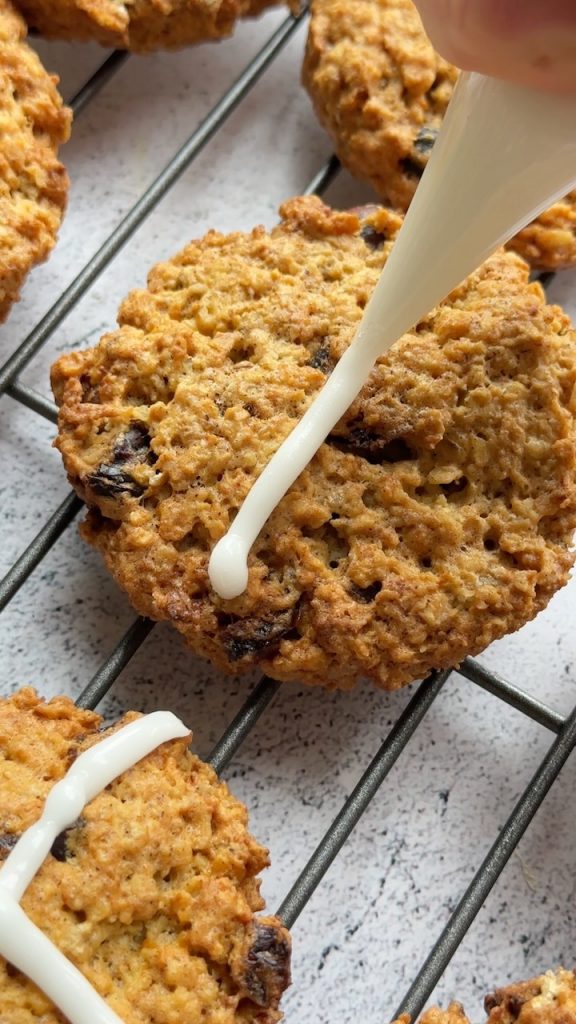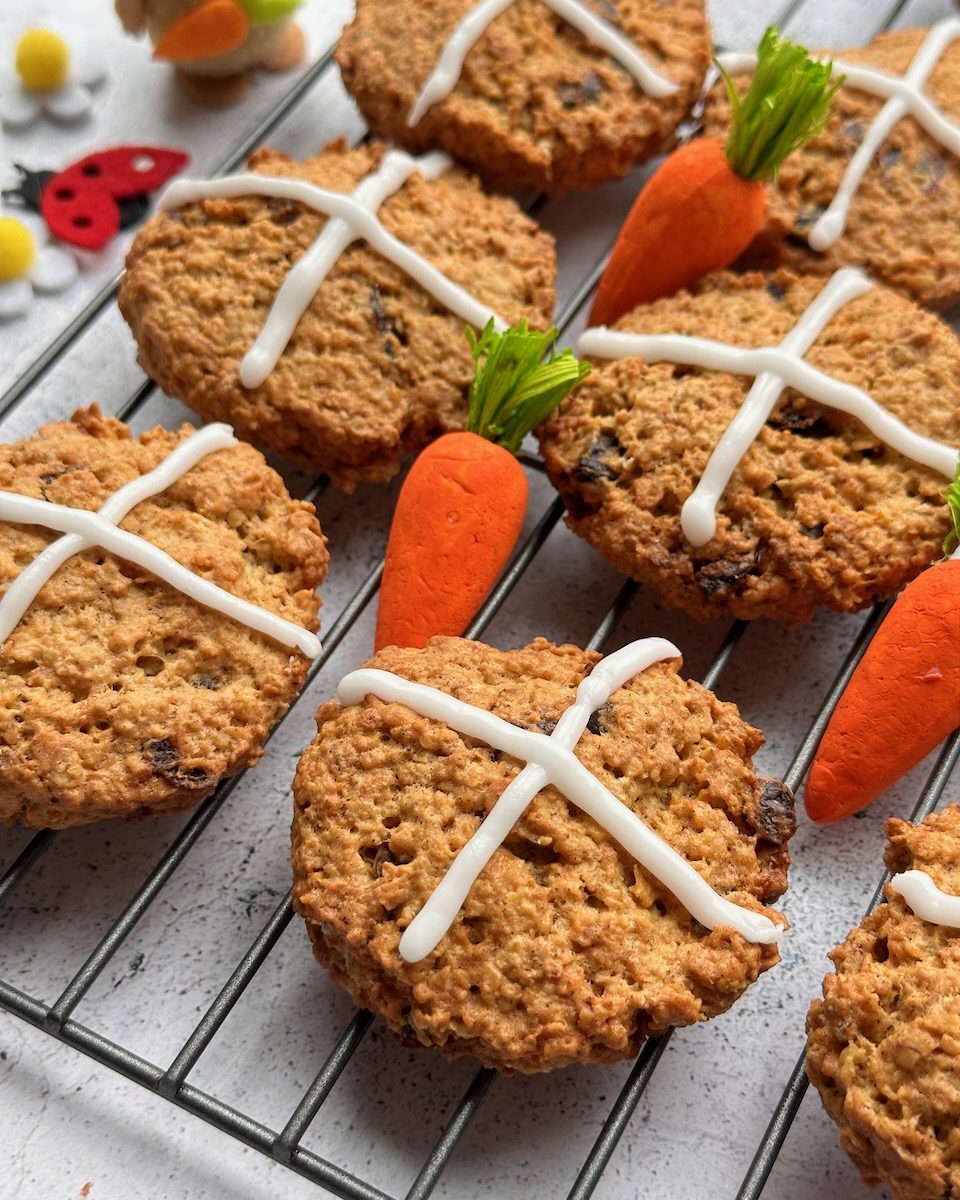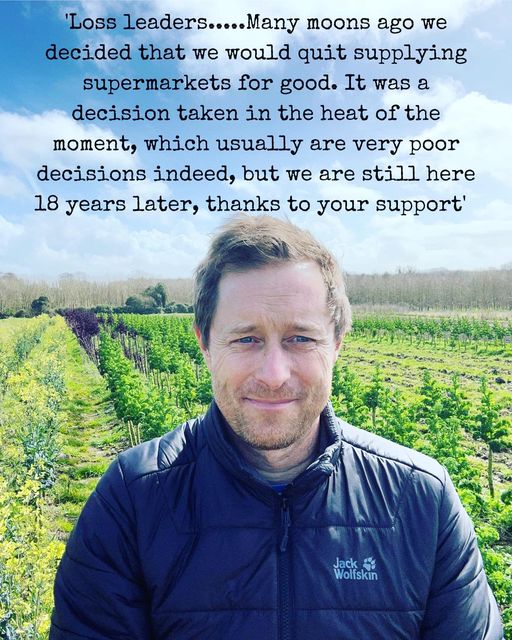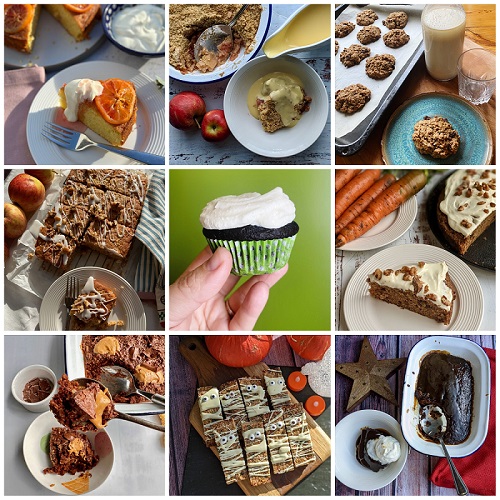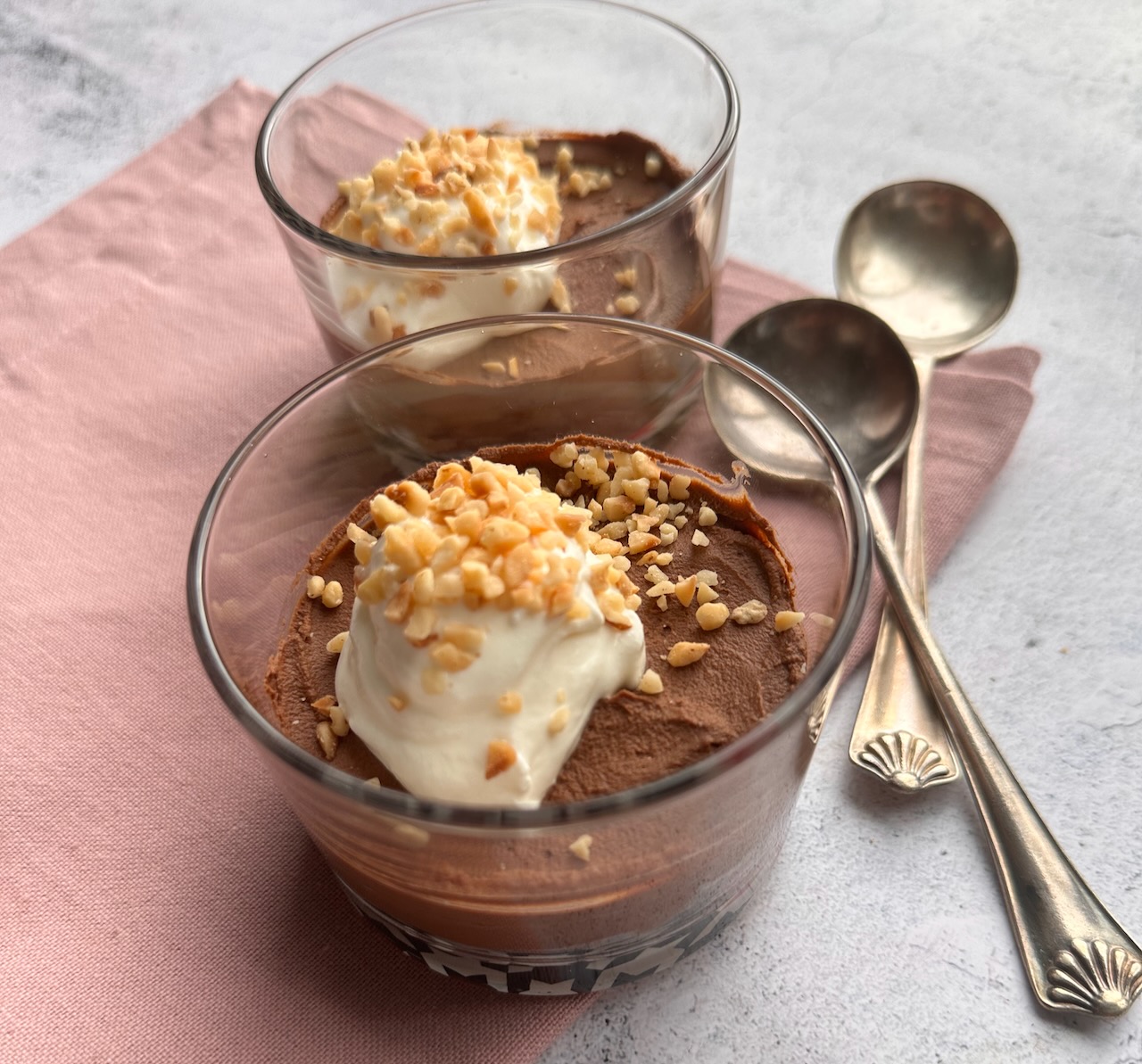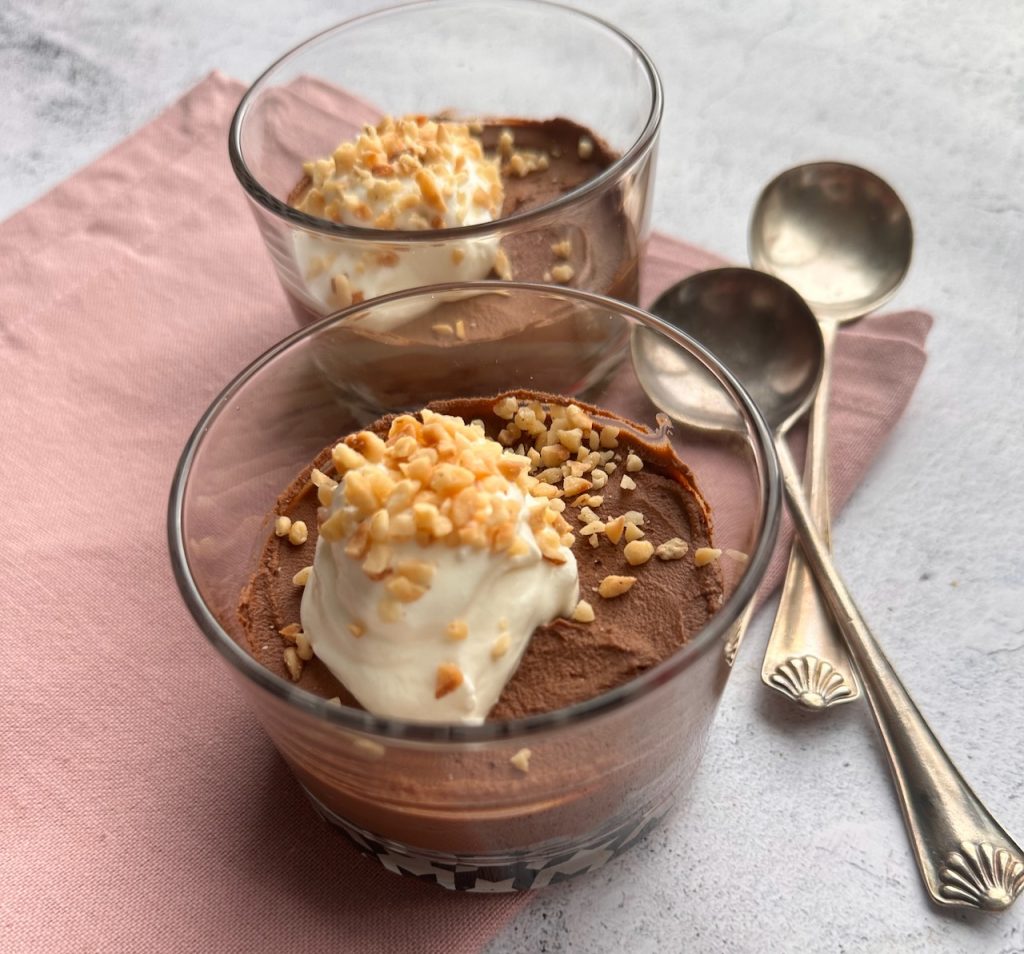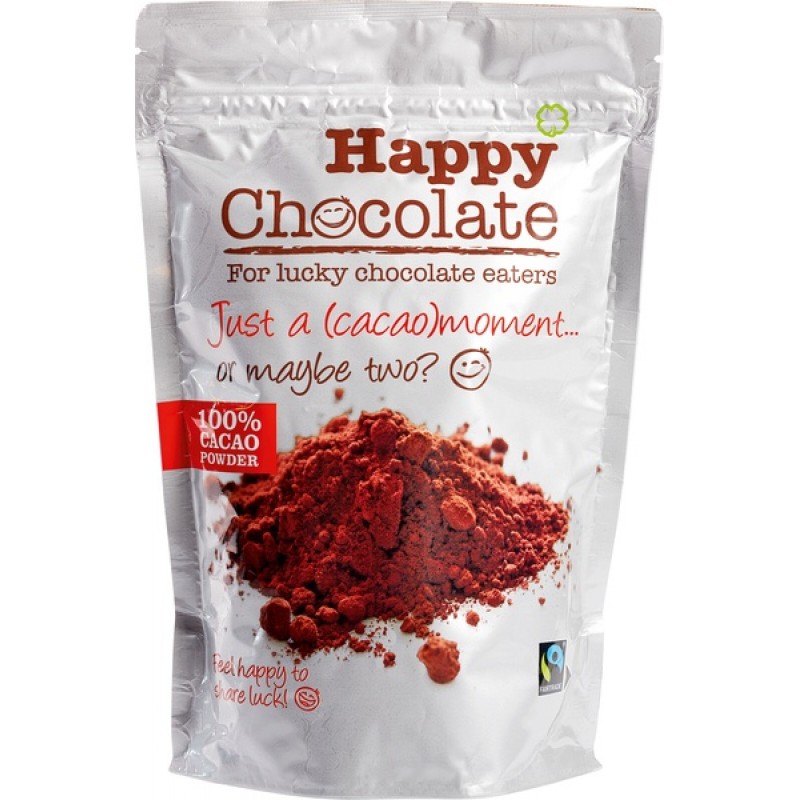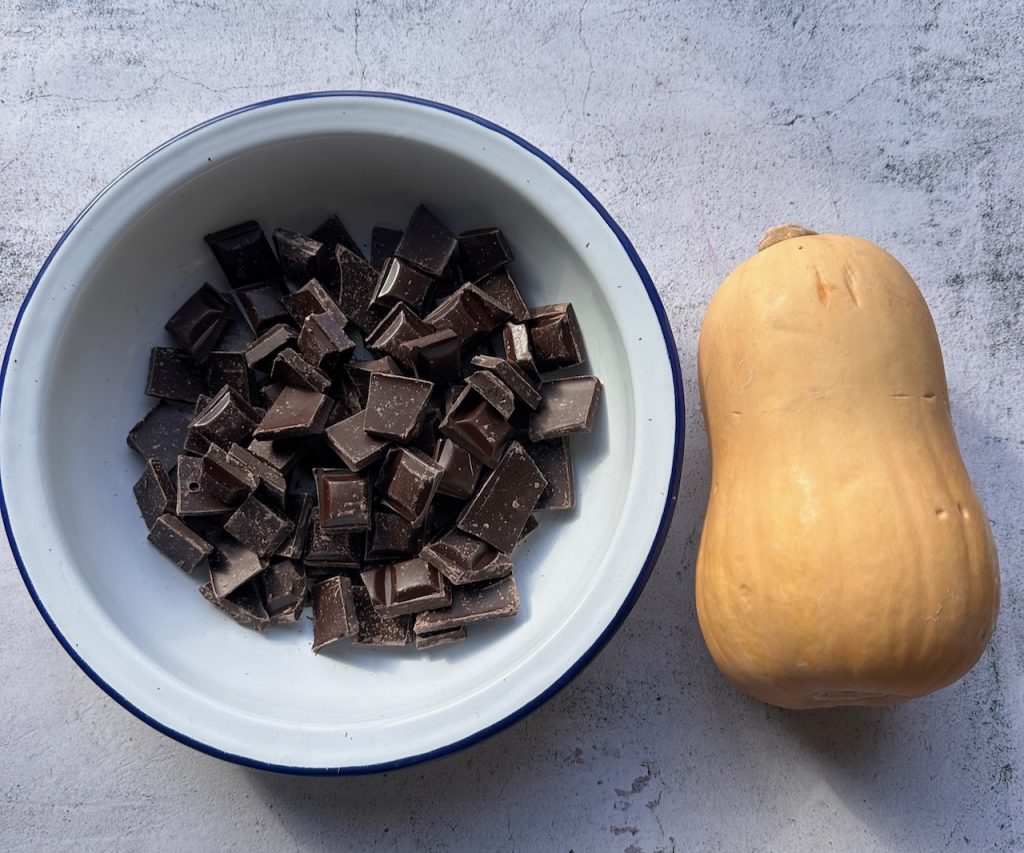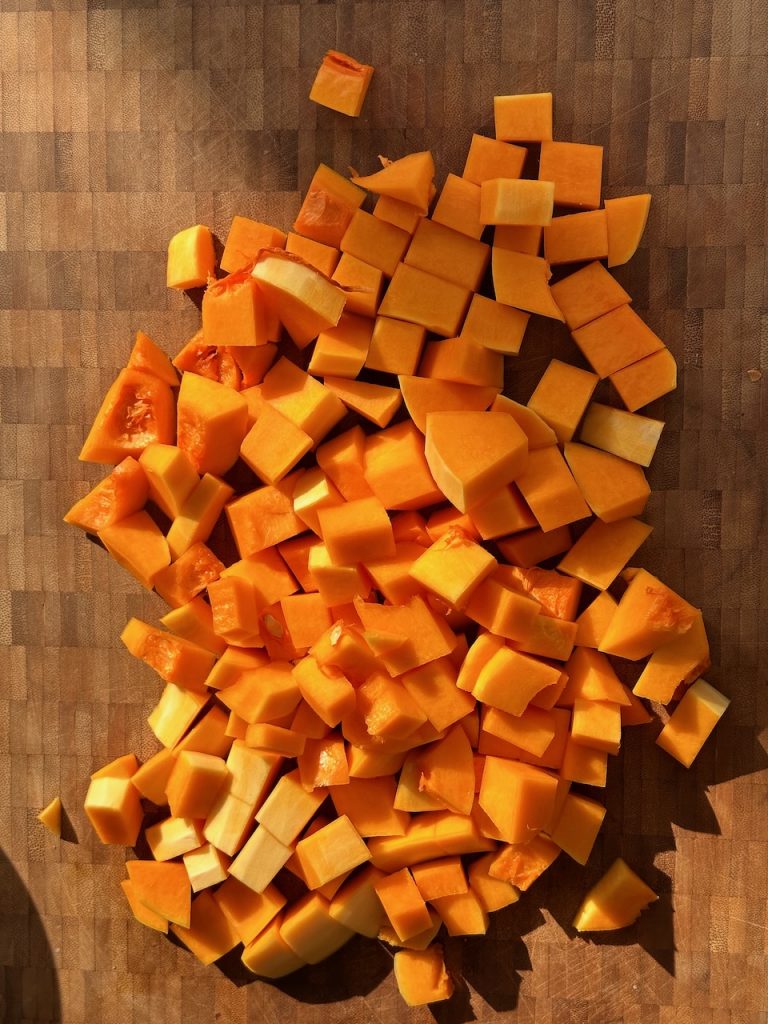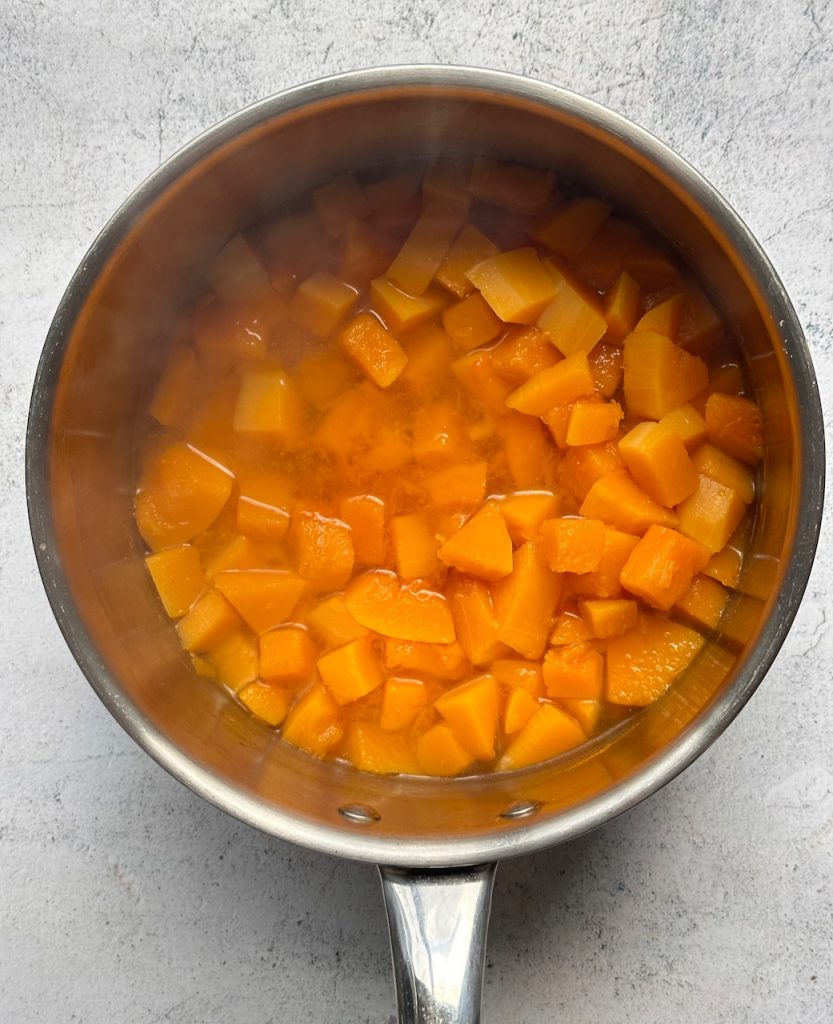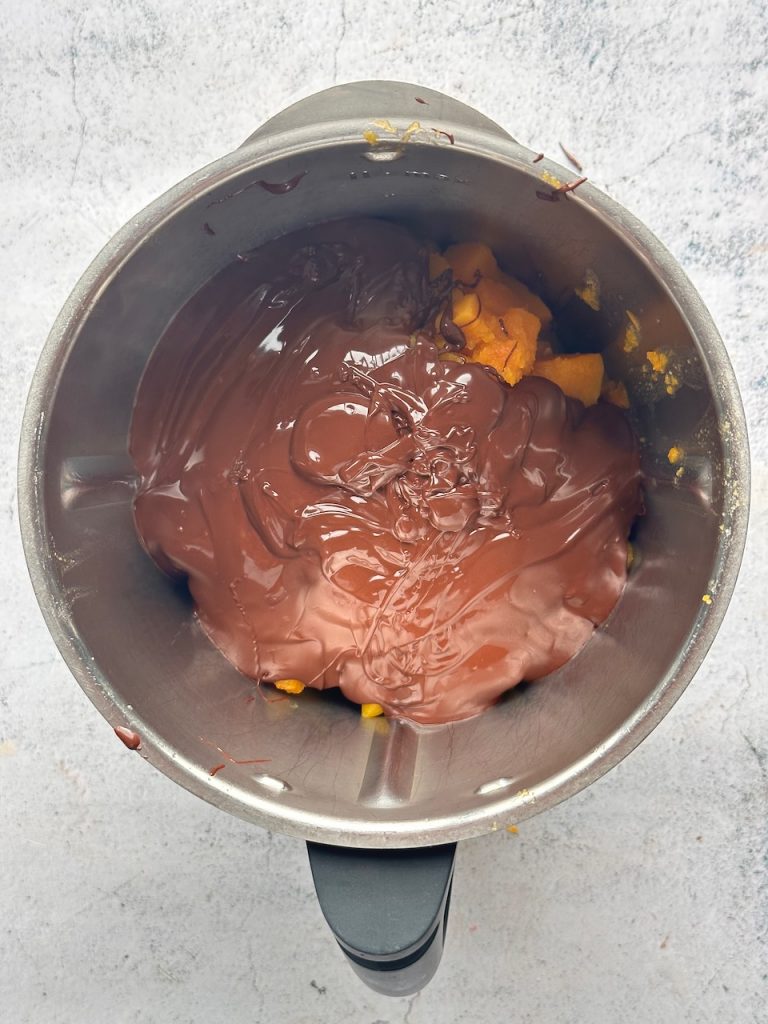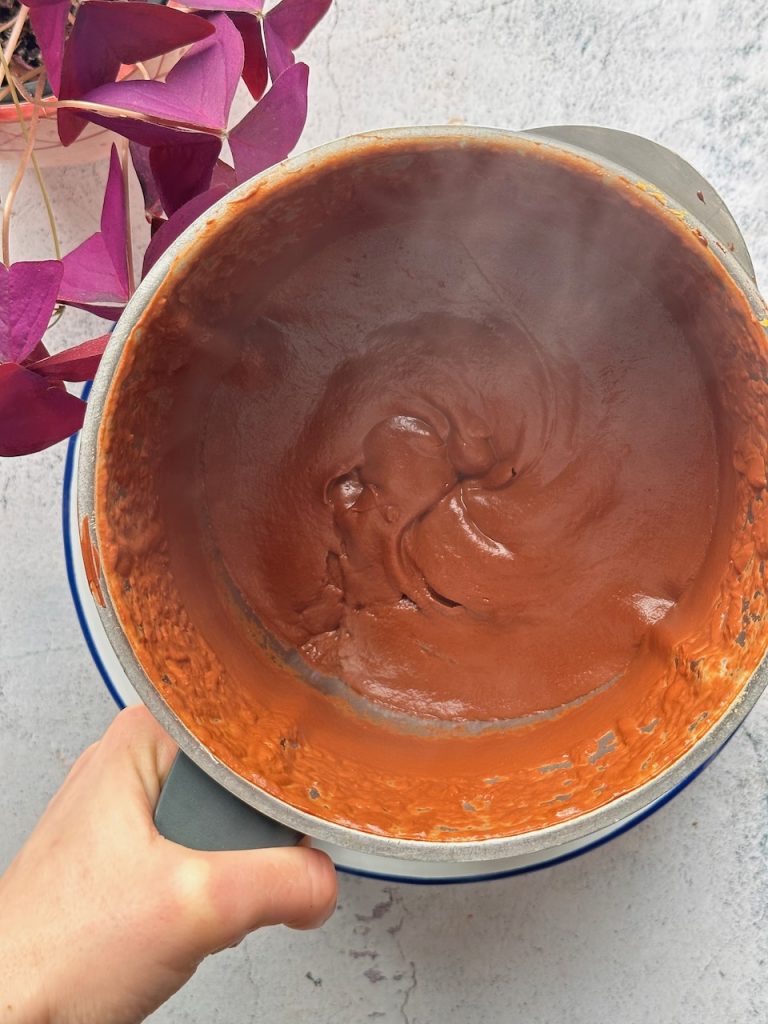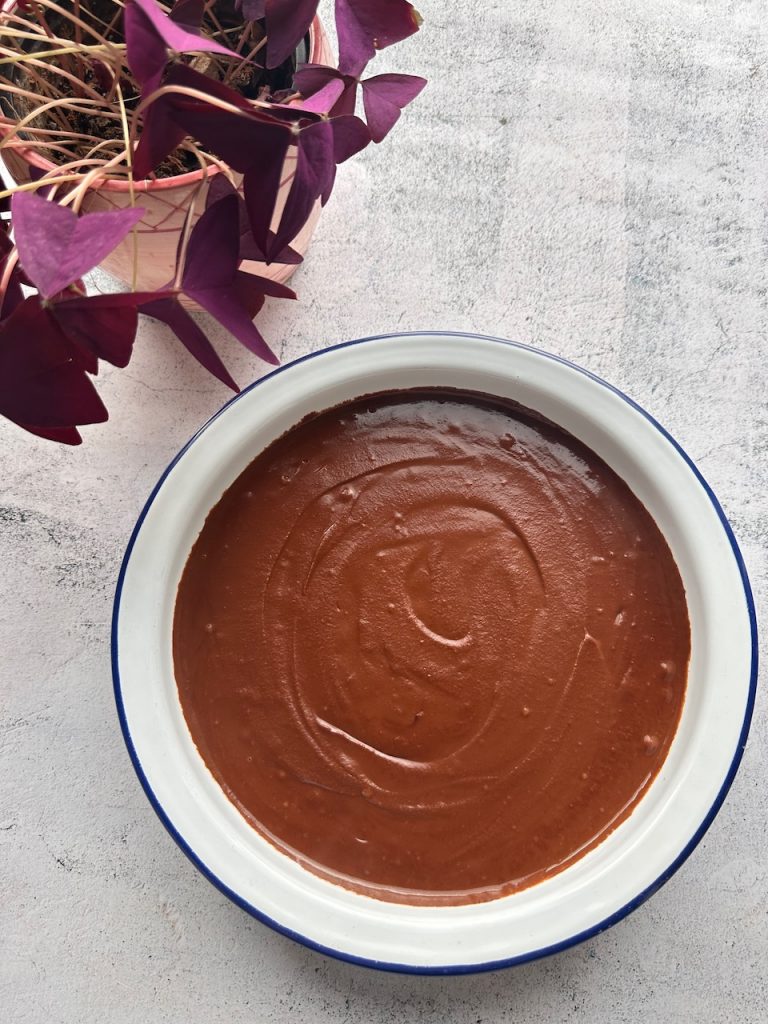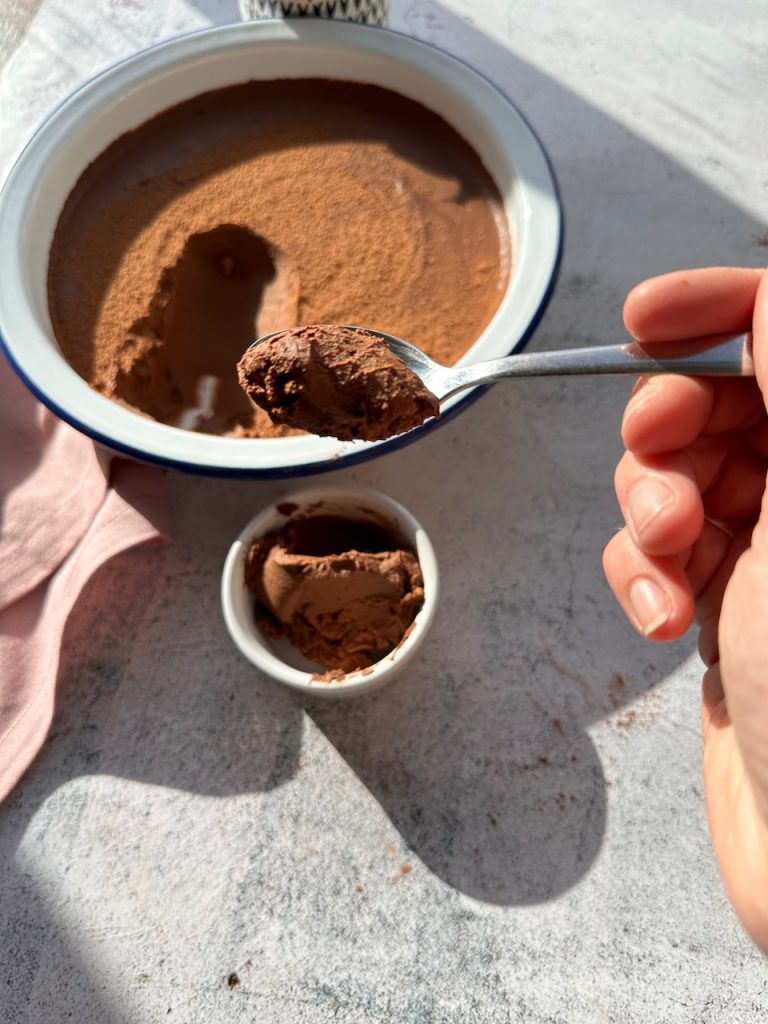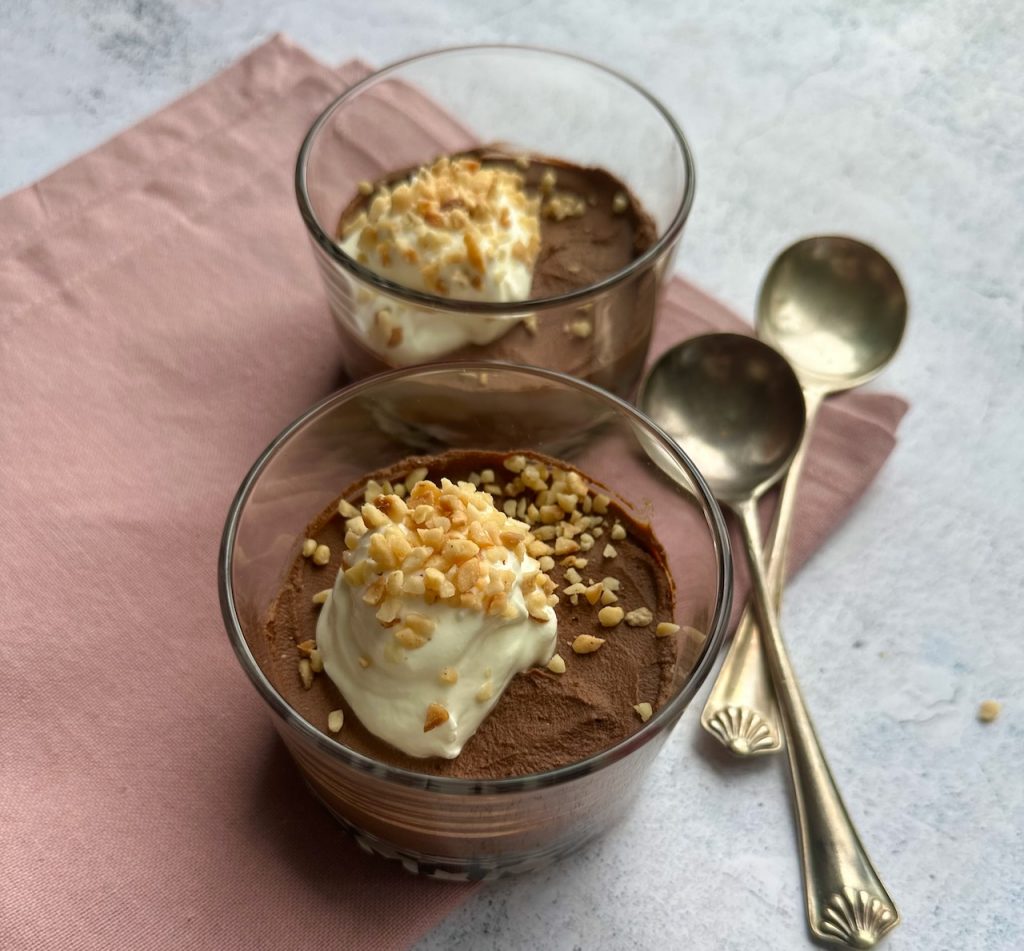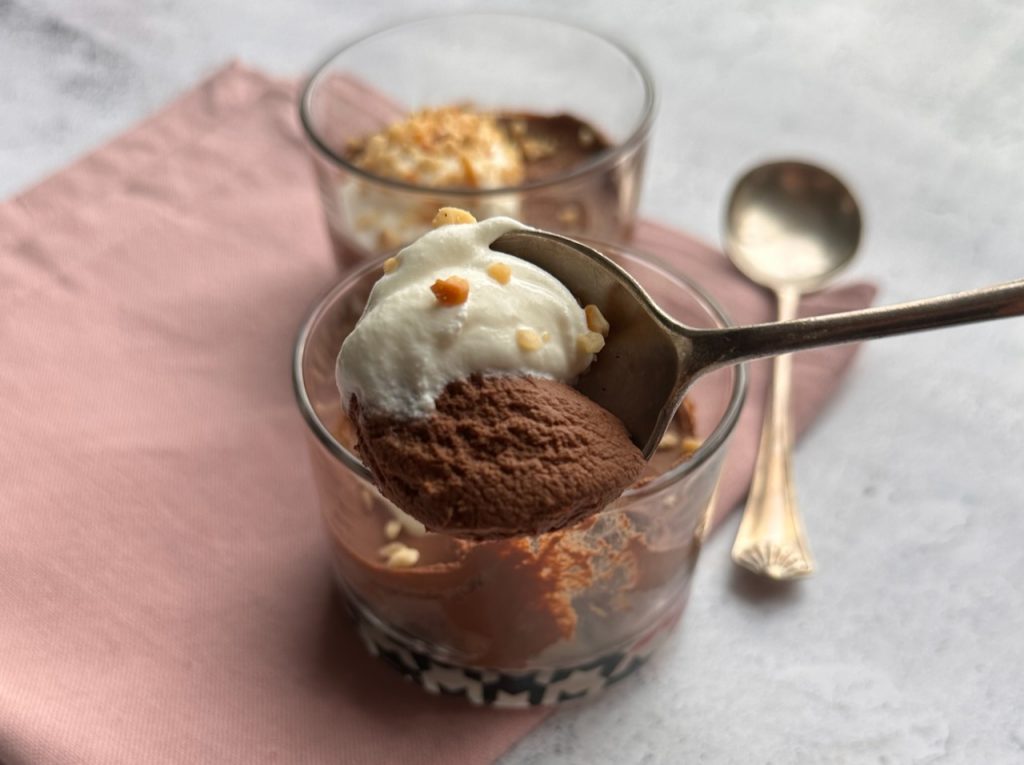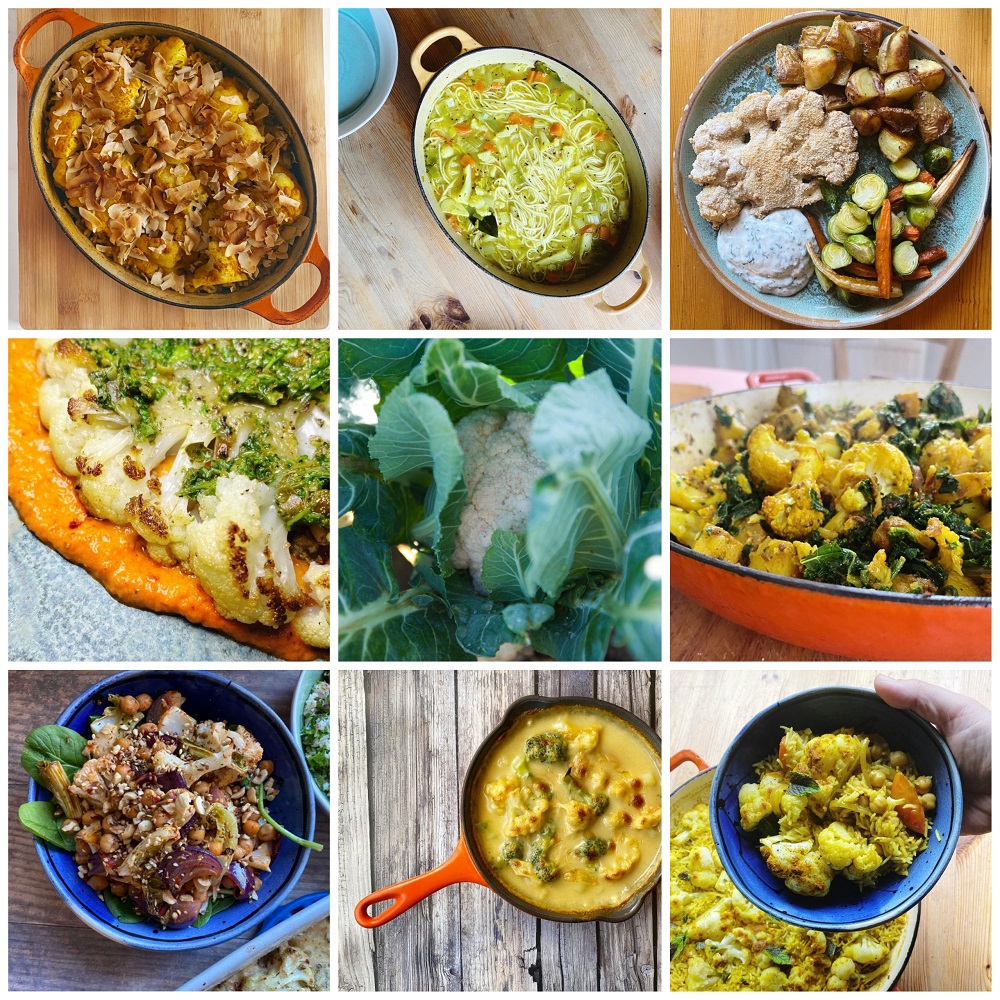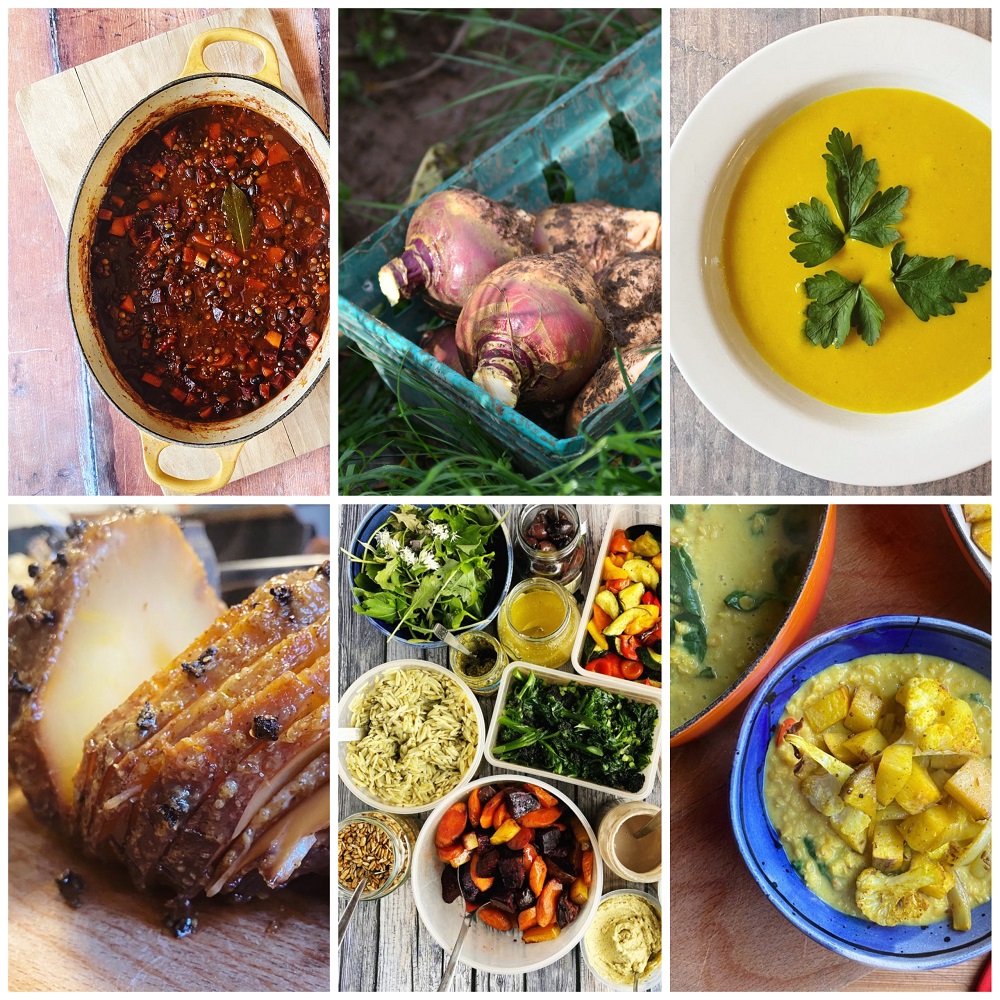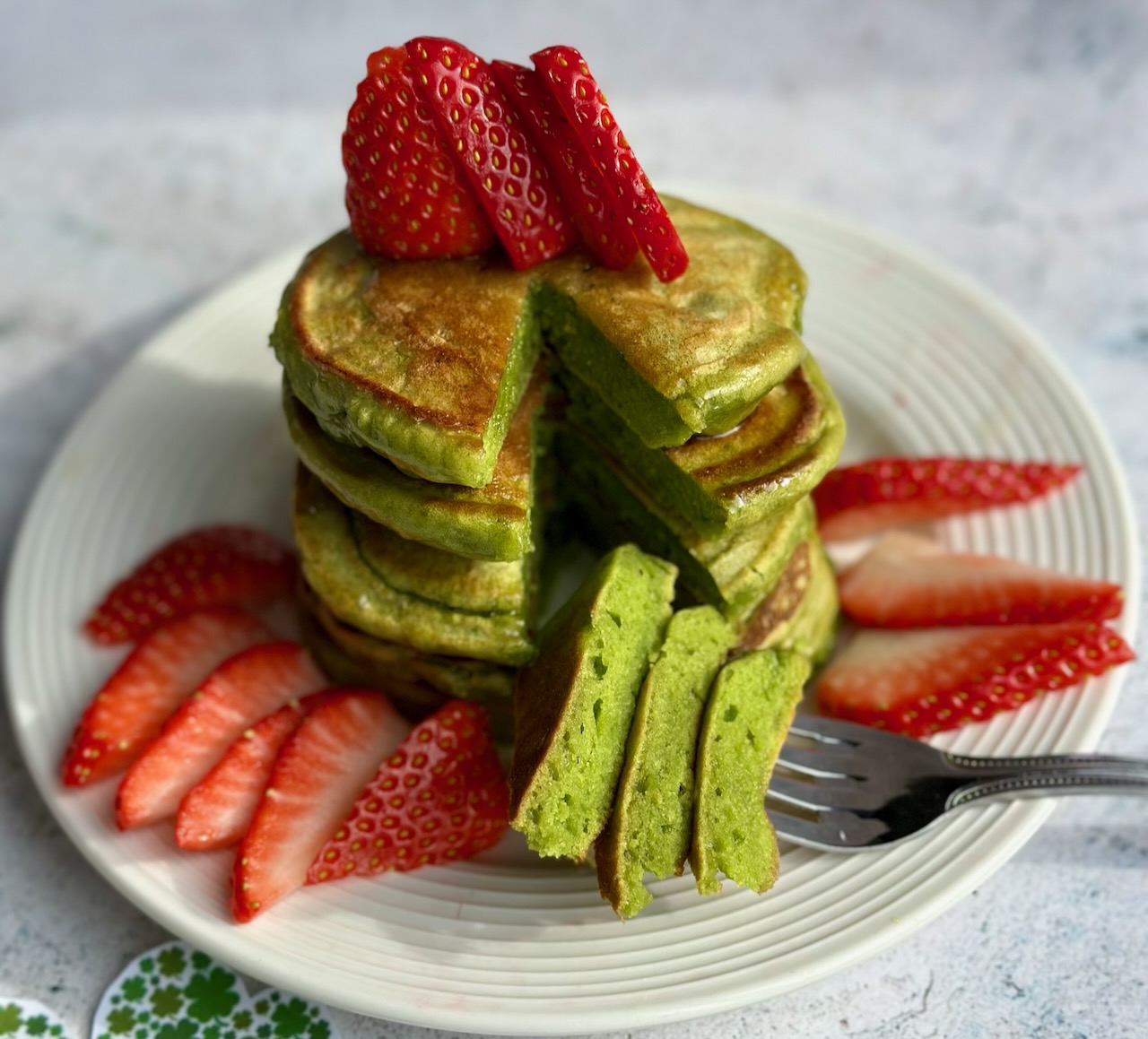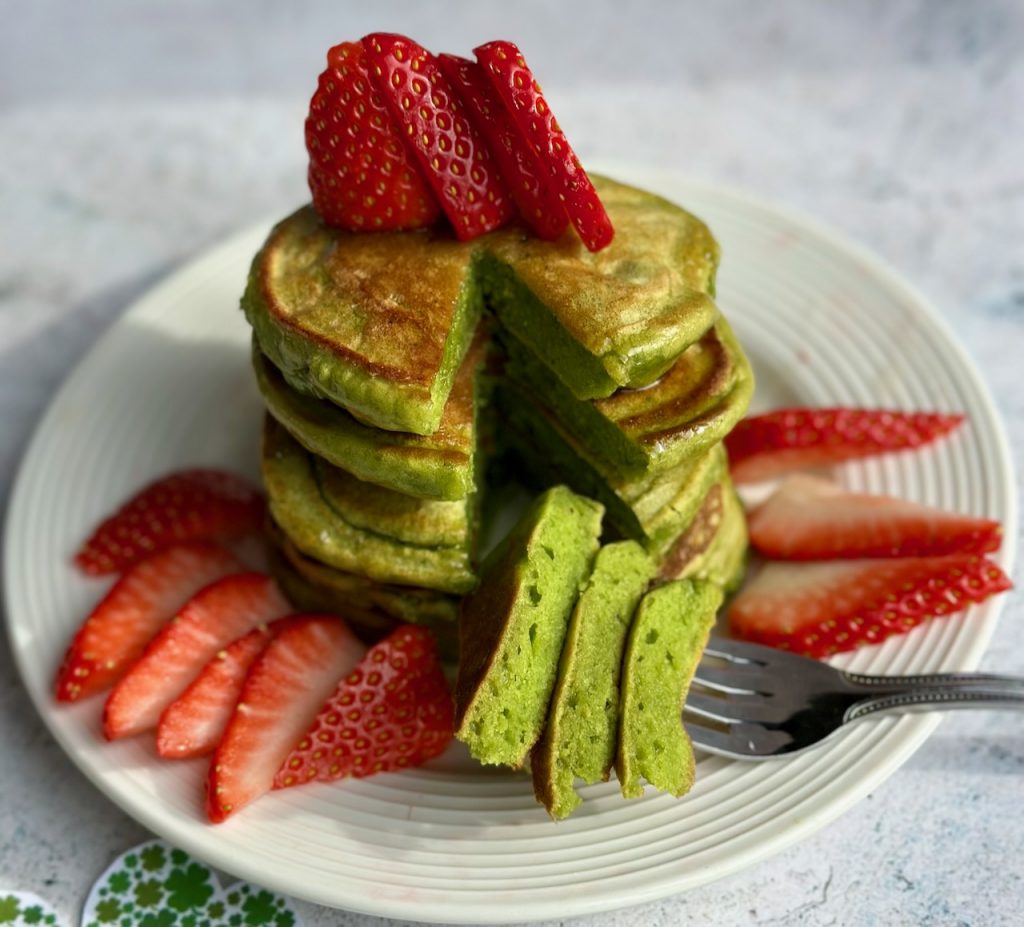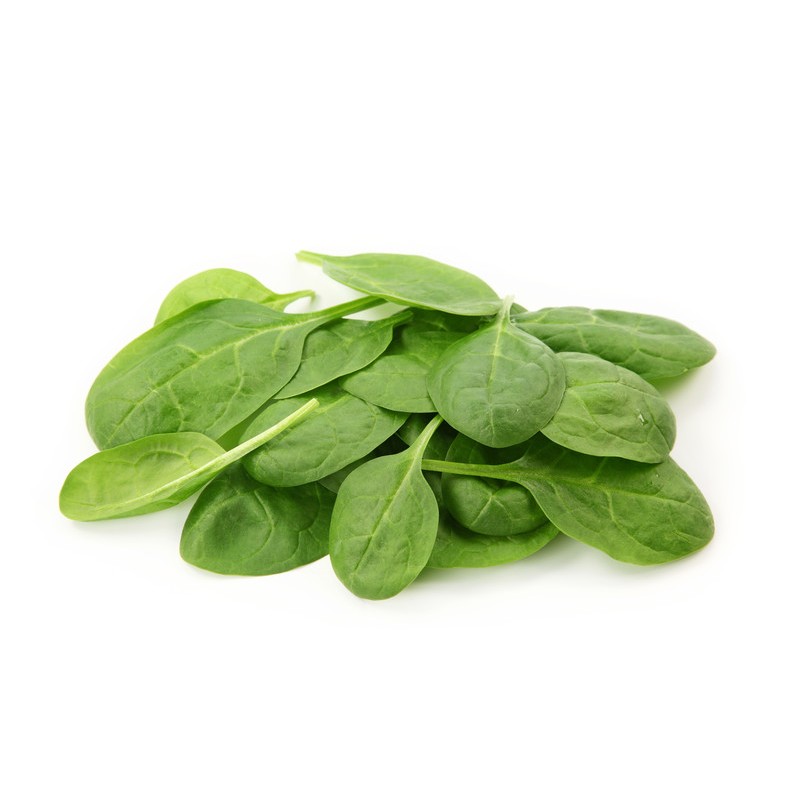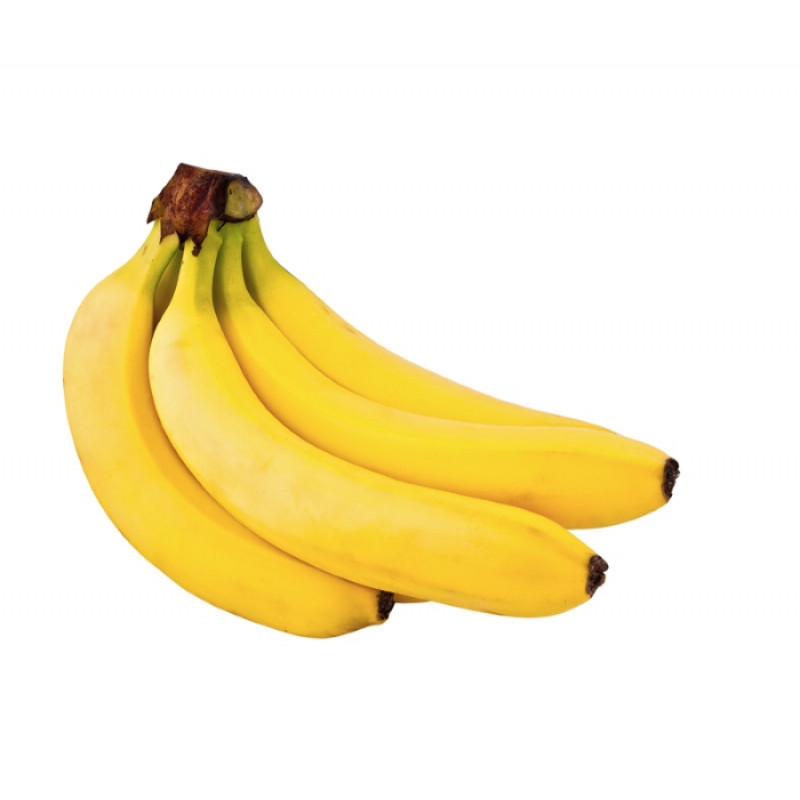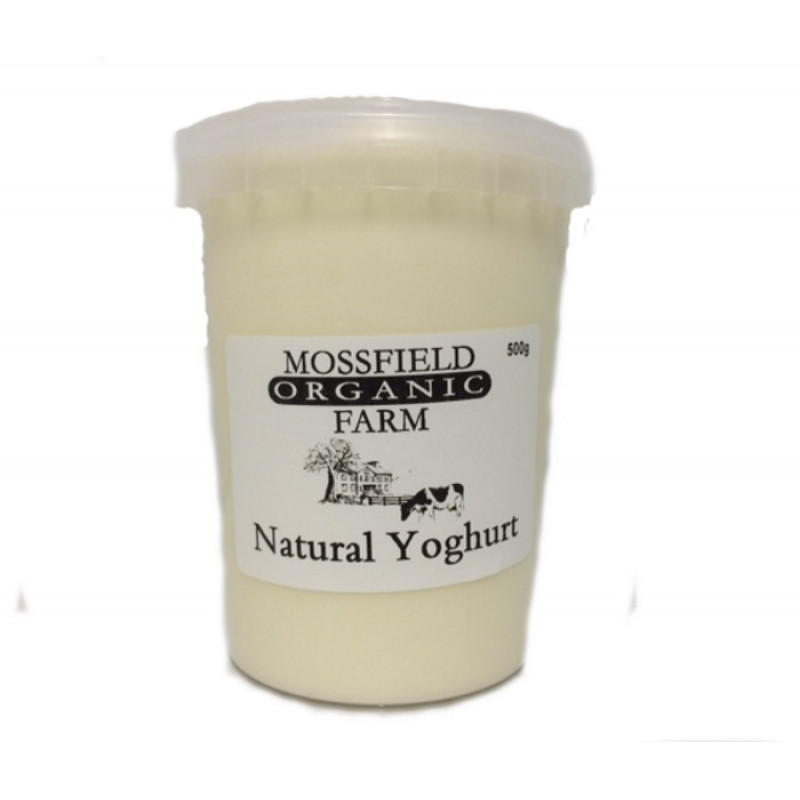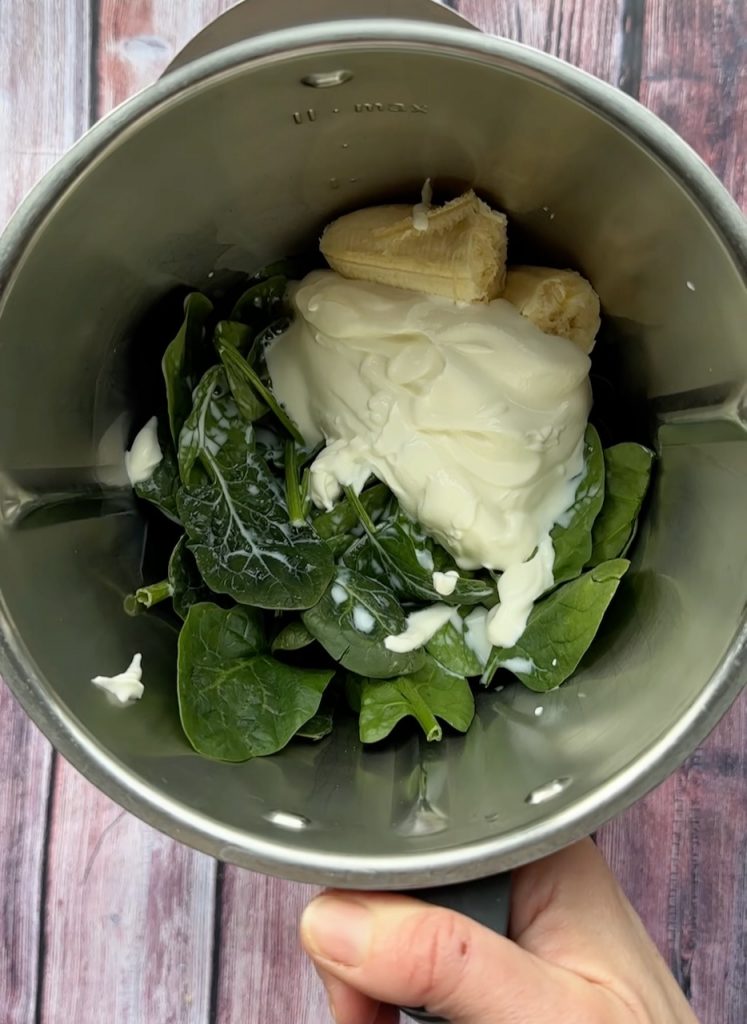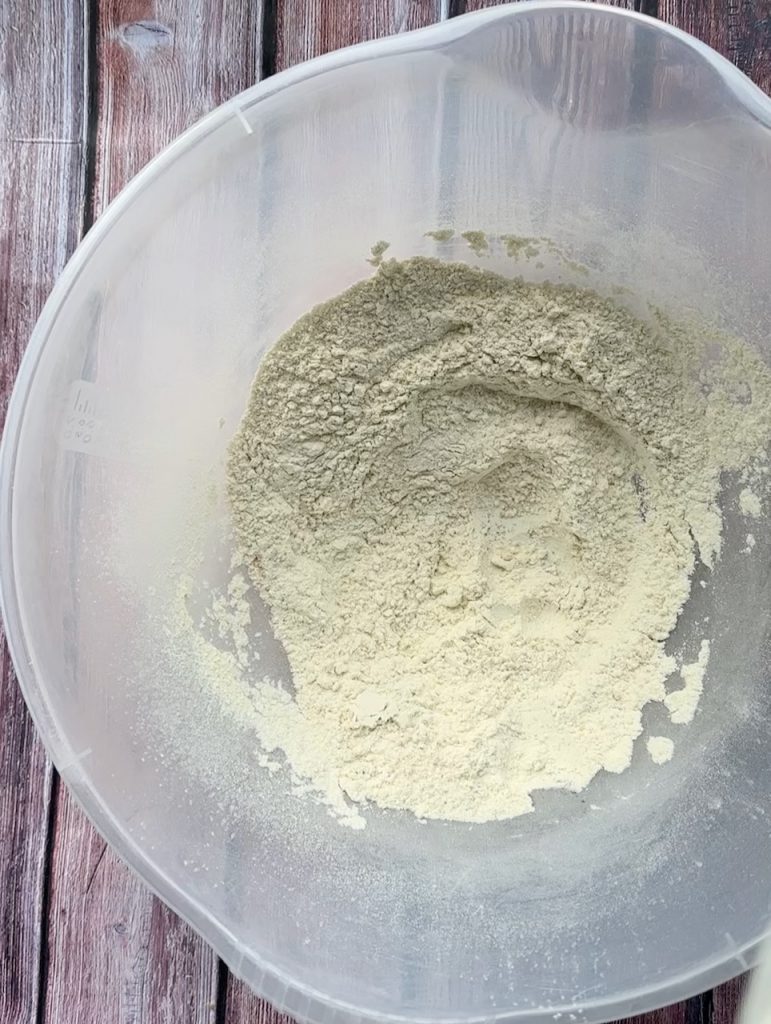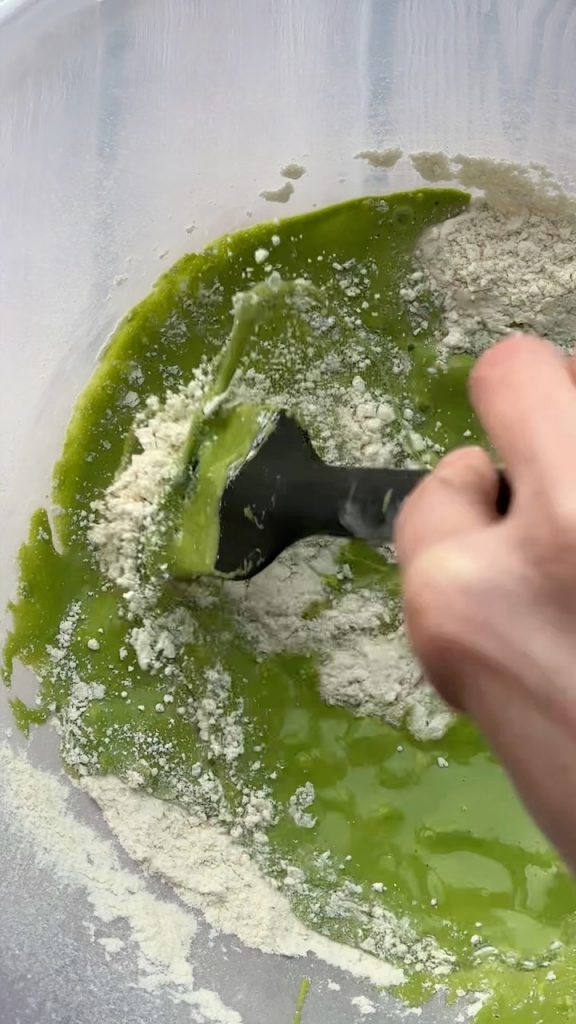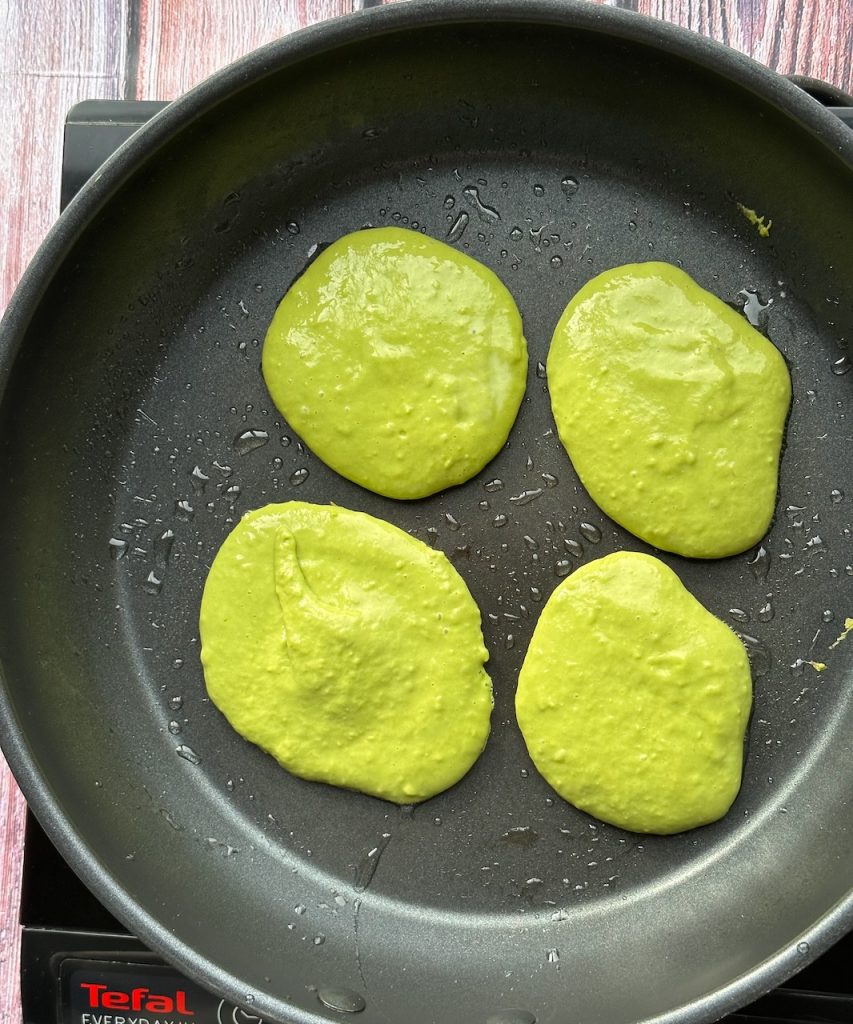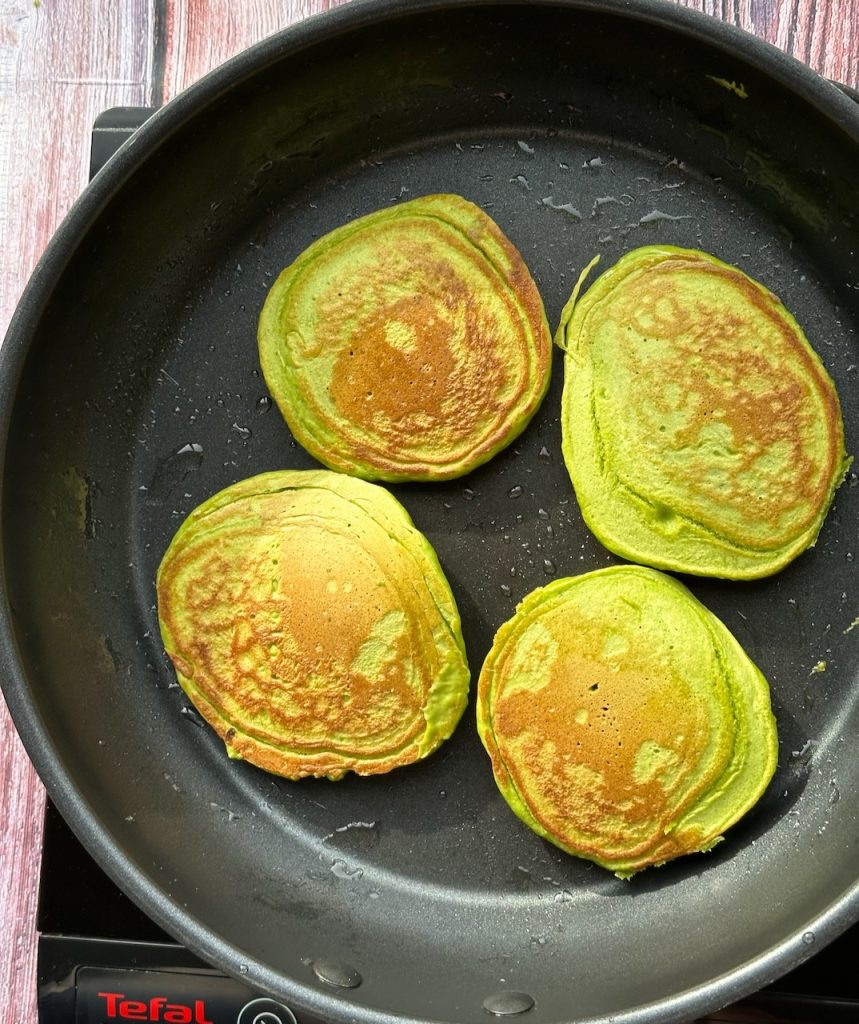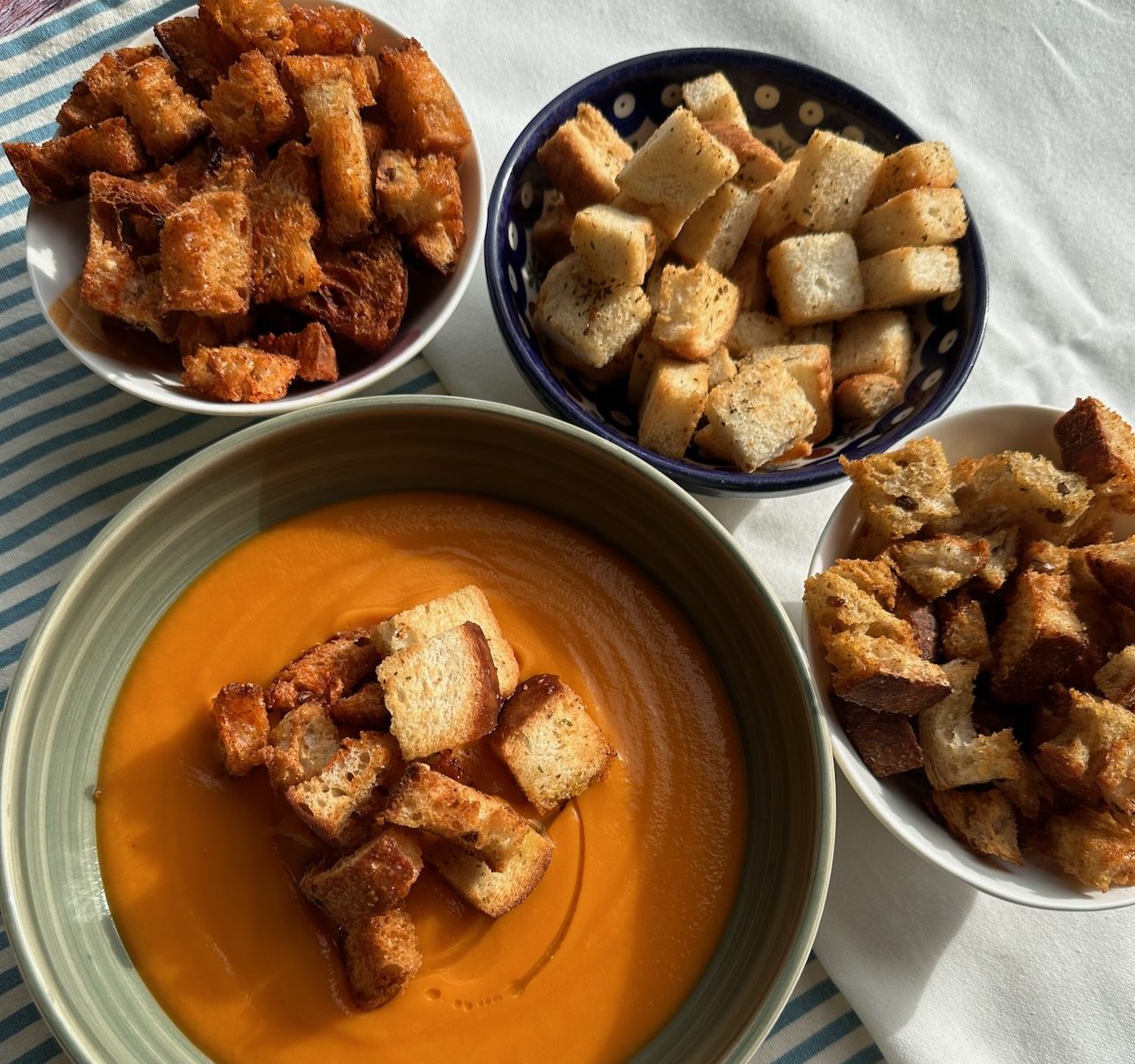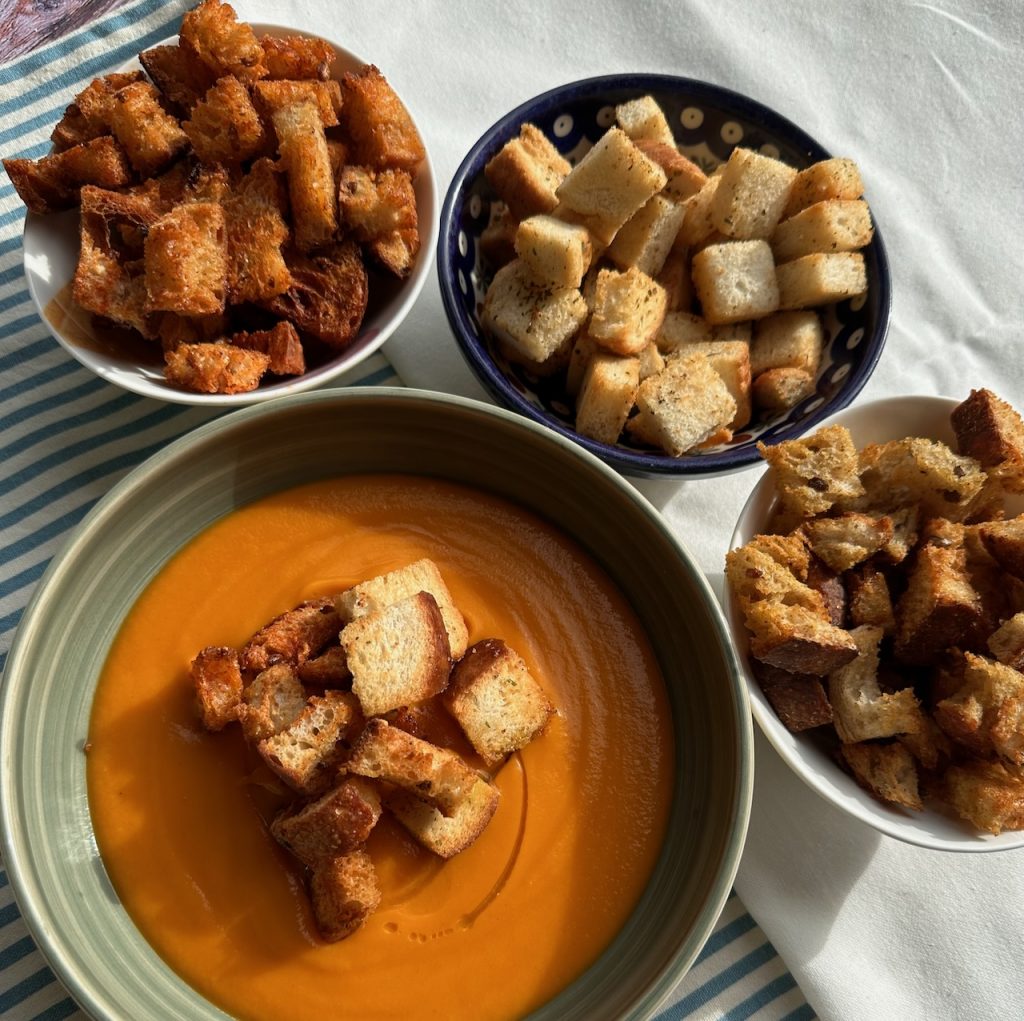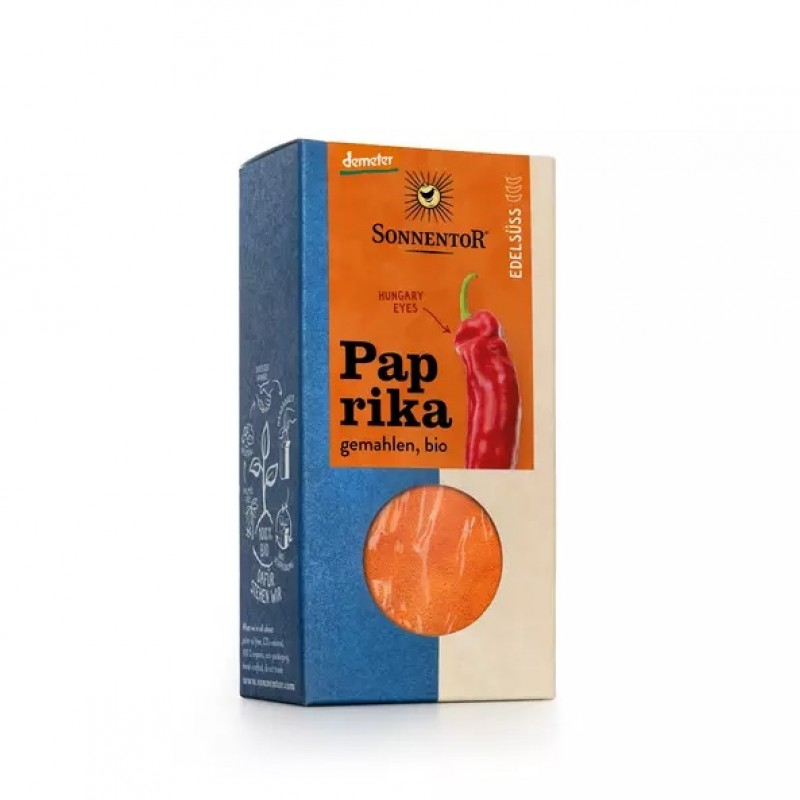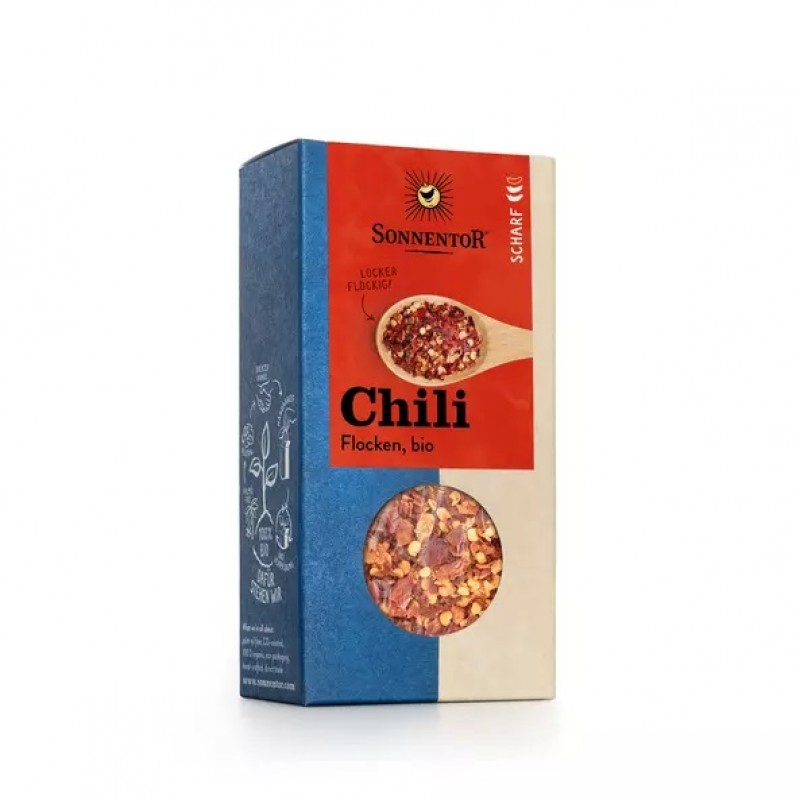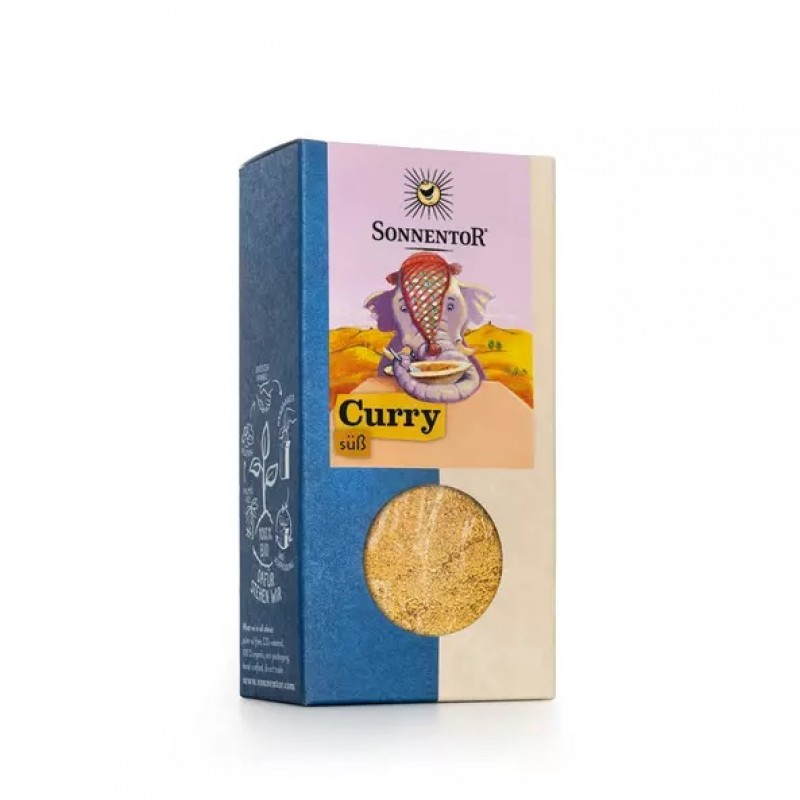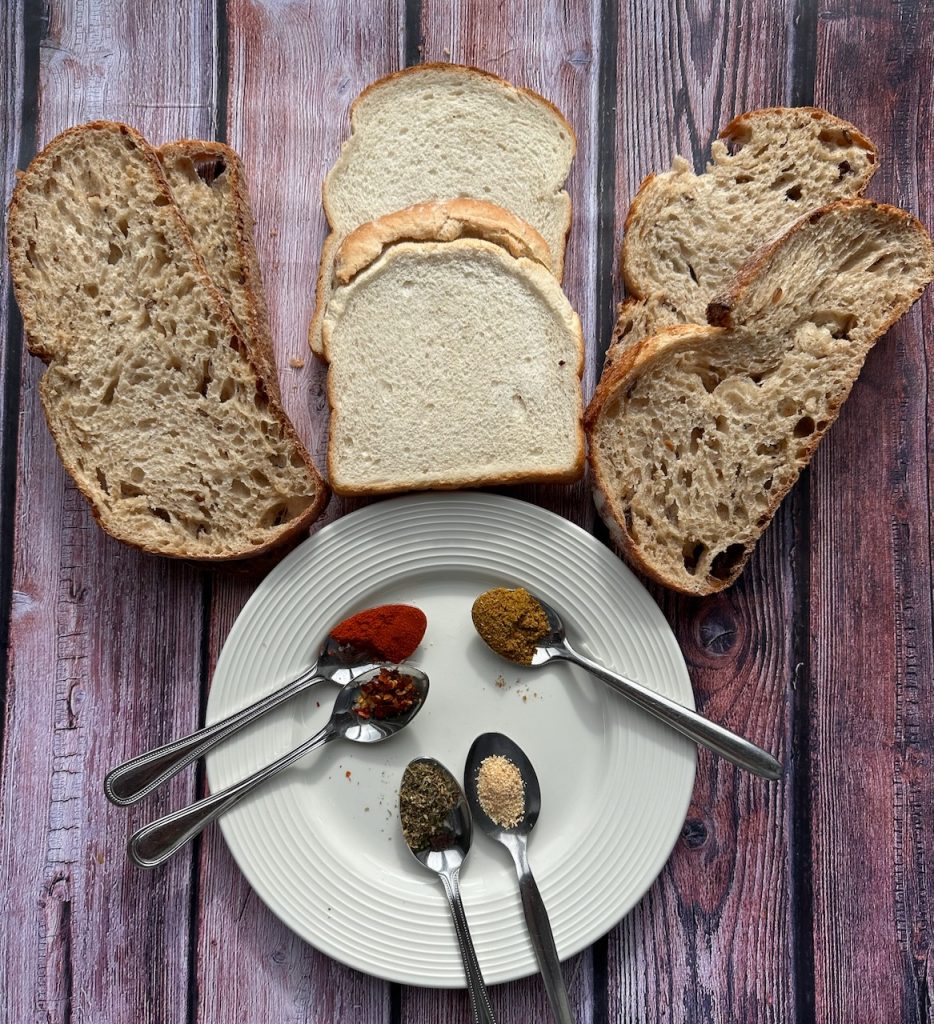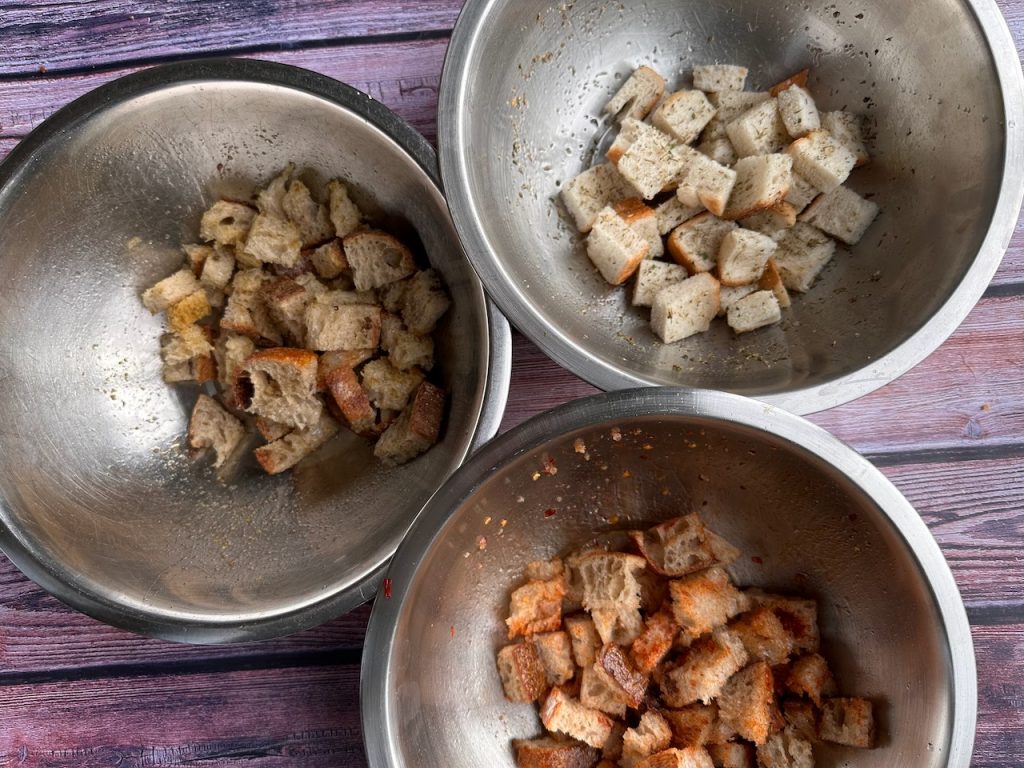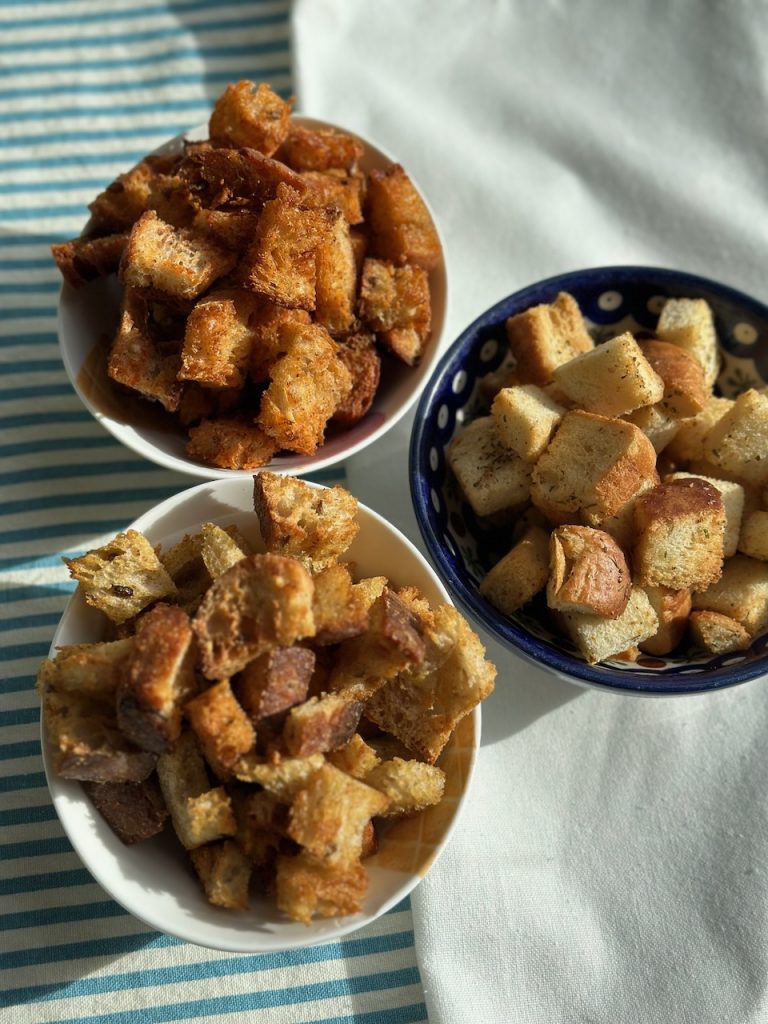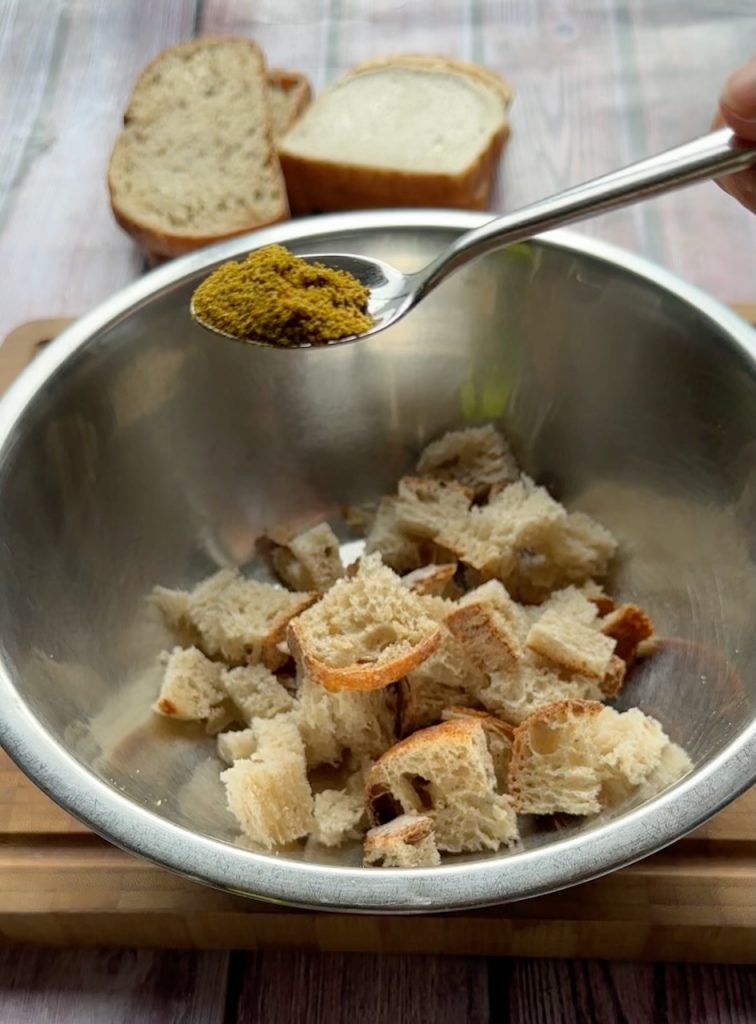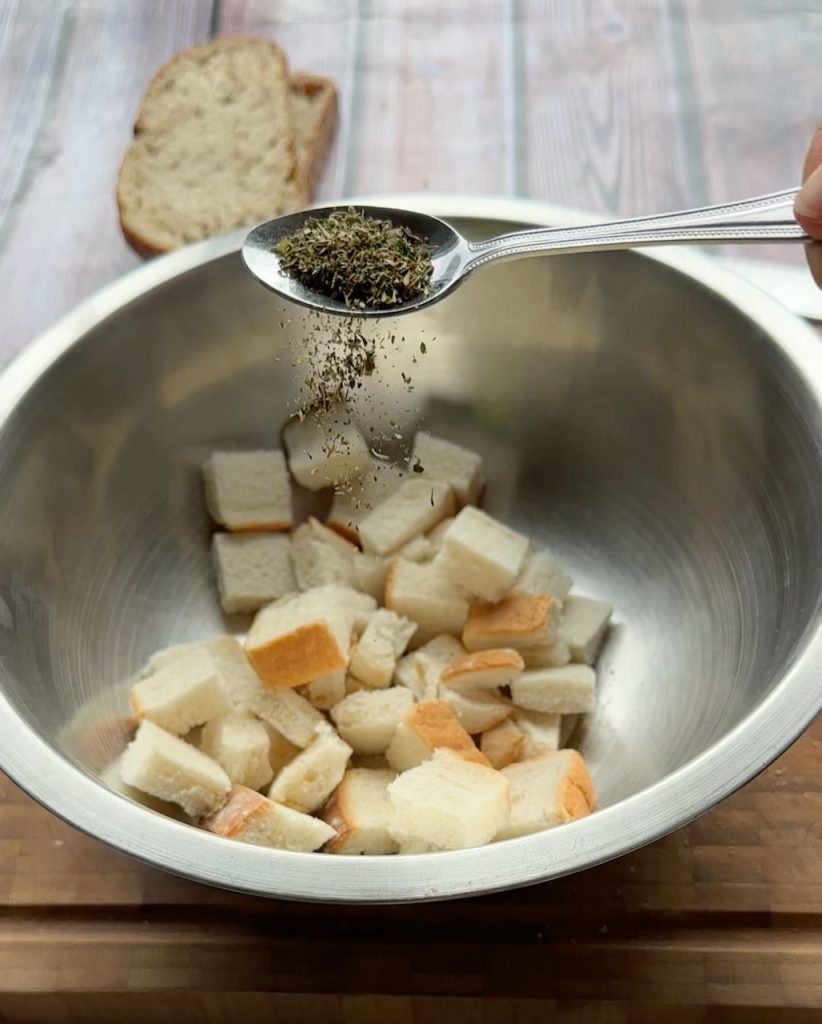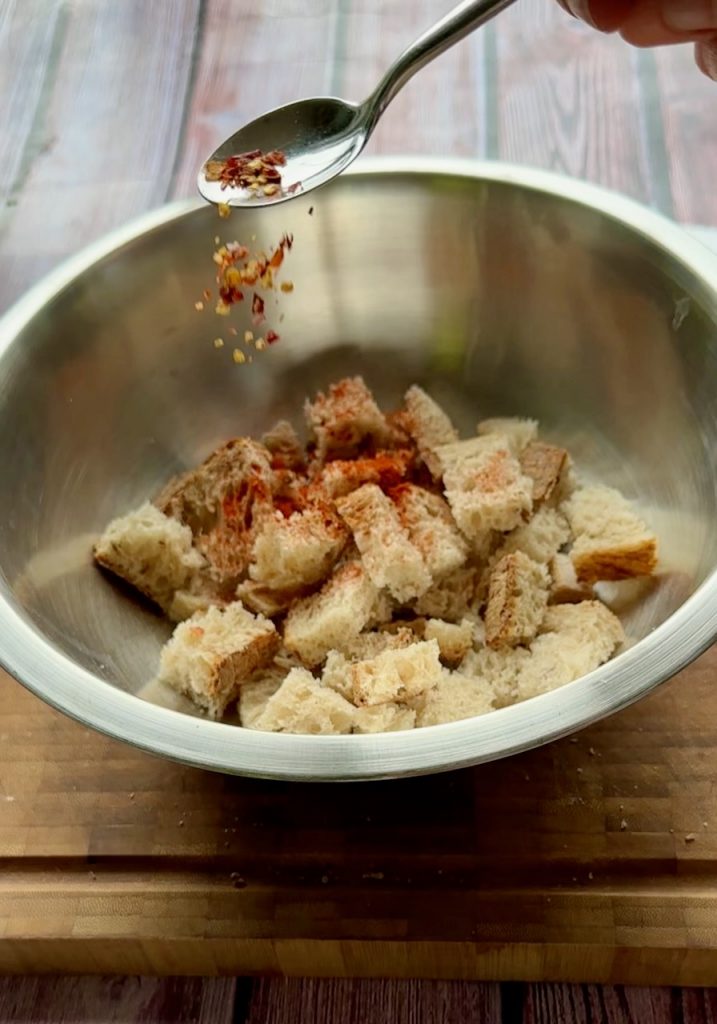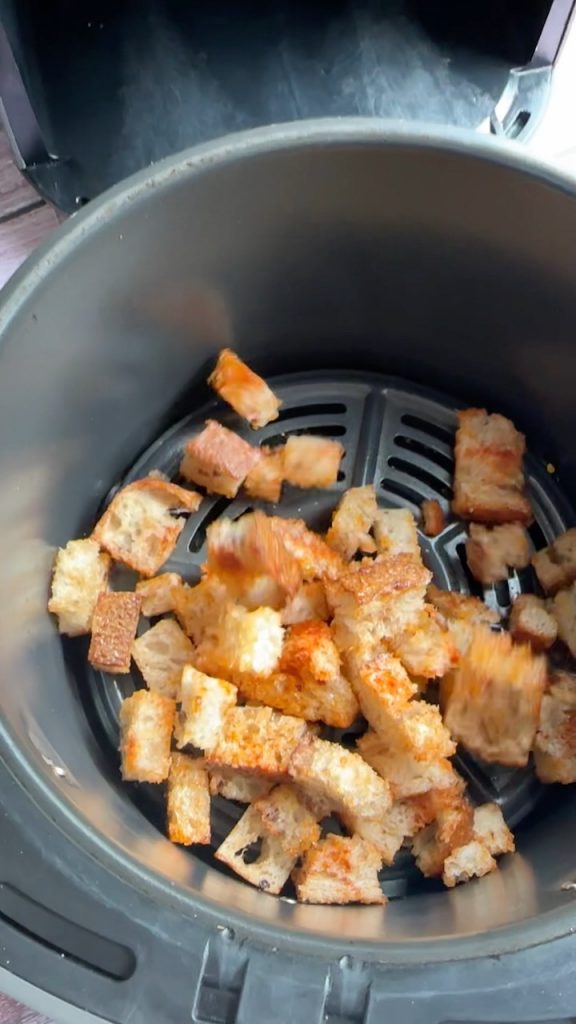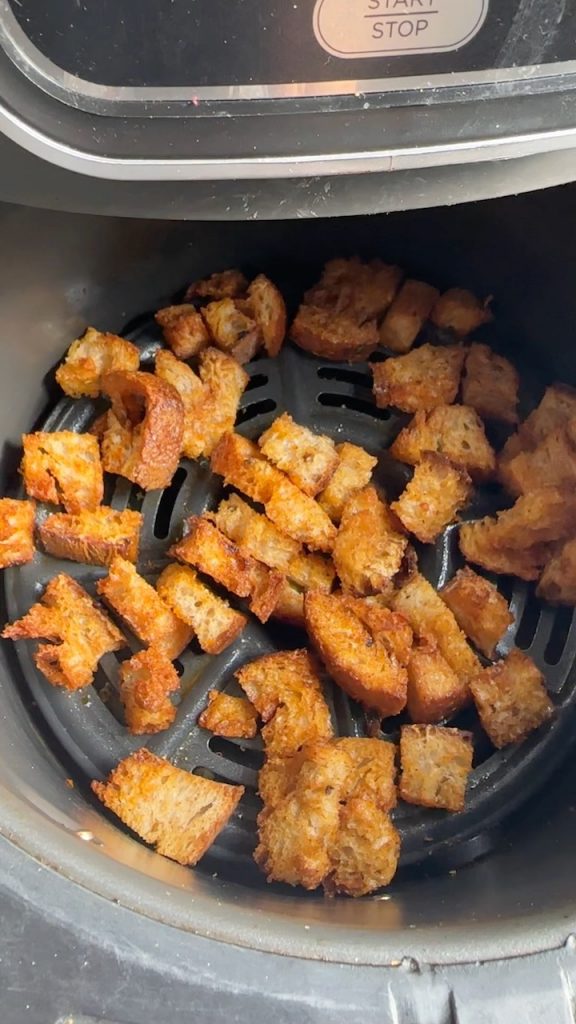
I honesty don’t remember any special Easter baking recipes from my childhood in Tipperary. As kids we were too consumed with the thoughts of getting an easter egg to think about what was being baked. My mother would usually bake her famous apple tart and a giant pavlova to have on Easter Sunday after dinner.
I was much older when I learned about hot cross buns at Easter time. They have been baked for centuries across Europe to symbolise the Christianity and Jesus on the cross.
This is a twist on the cinnamon and yeast bun. It’s a lot quicker to make and like the bun uses spice, dried fruit, orange zest and of course the signature cross too.
Pick up most of what you need in our groceries.
Let us know if you make these.
Lou 🙂
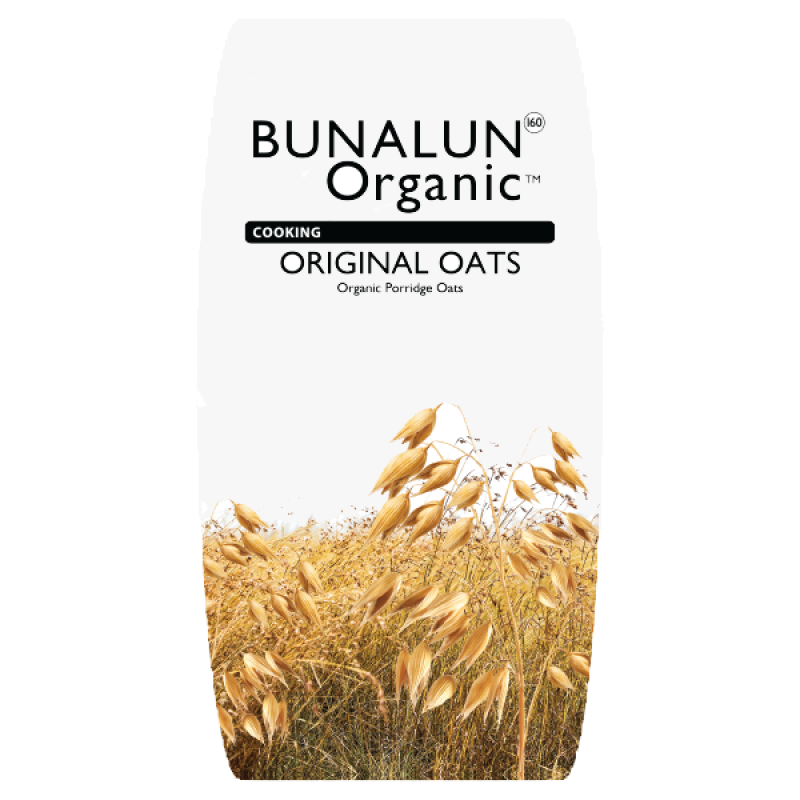
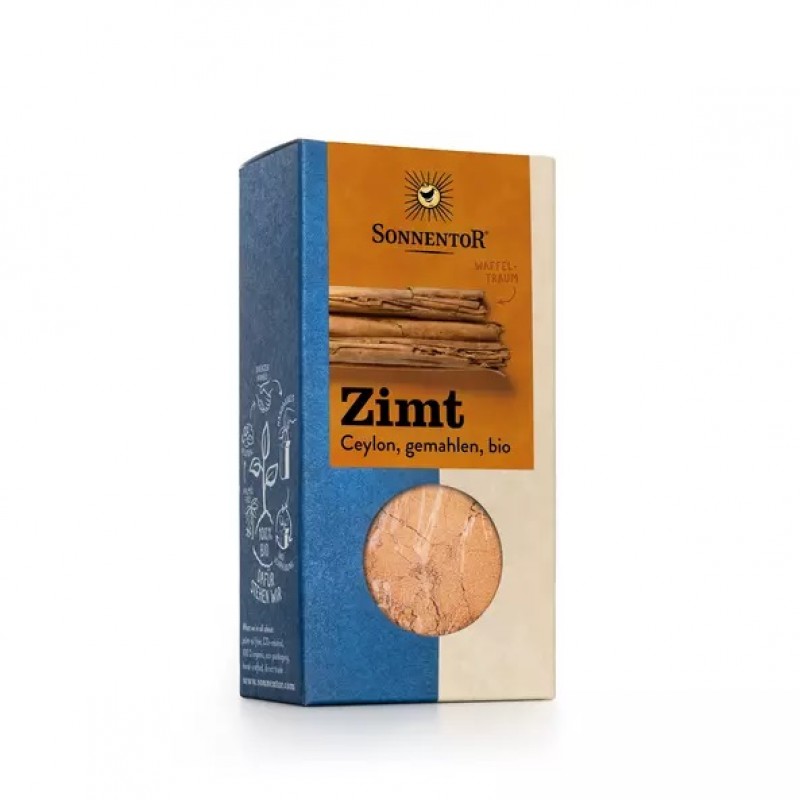
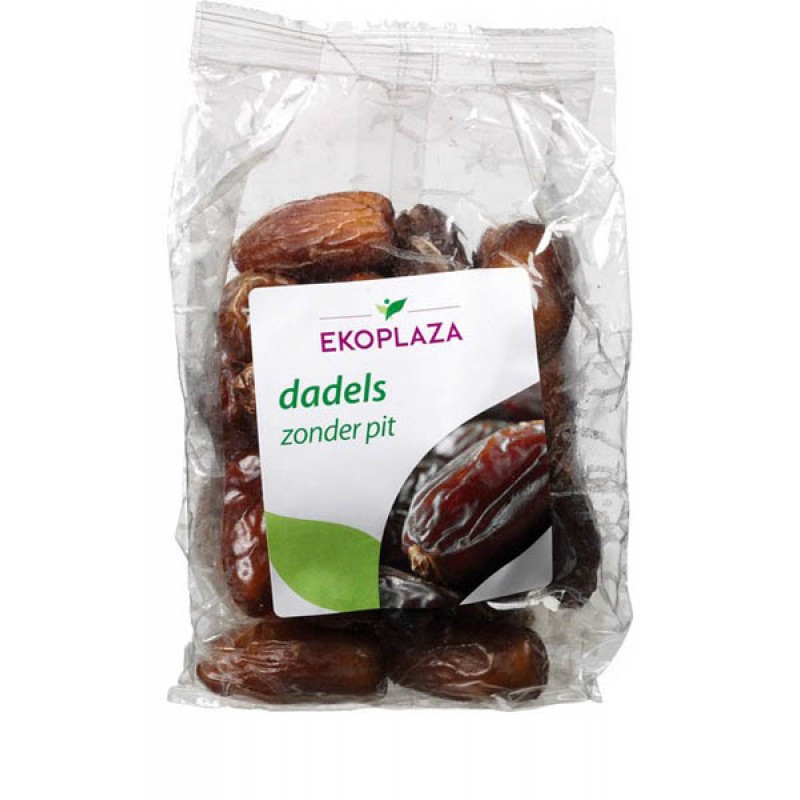
Ingredients: makes 10
- 150g oats
- 50g plain flour
- 60g brown sugar
- 2 eggs
- 60g butter
- 1 teaspoon baking powder
- 1 teaspoon ground cinnamon
- 1/2 teaspoon mixed spice
- 9 dated chopped (60g) (or use raisins if you wish)
- 1/2 zest orange
For the icing:
- 50g icing sugar
- 2 teaspoons boiling water
Method:
- Preheat the oven 180ºc. Line a baking tray with parchment paper.
- To a mixing bowl add the butter and beat for a minute to soften it, use an electric beater or wooden spoon.
- Add in the sugar and beat for a further few minutes and then beat in the eggs.
- Pour in the oats next and sieve in the flour, baking powder, cinnamon, mixed spice stir in the chopped date and orange zest.
- Stir and mix all the ingredients together until a large dough forms.
- Scoop or spoon onto the baking tray, push down to form round cookie shapes.
- Bake for 18-20 minutes, until nice and golden brown. Transfer to a wire rack to cool.
- To make the icing mix the icing sugar with 2 teaspoons of boiling water until you have a thick paste. Transfer to a piping bag or a zip lock bag leave to cool for 5 minutes then snip off the corner and pipe a cross onto the cooled cookies.
- Enjoy with big glasses of milk and mugs of tea.
